30 Best Video Game Trilogies
We've put together the ultimate list of the top trilogies in gaming history.
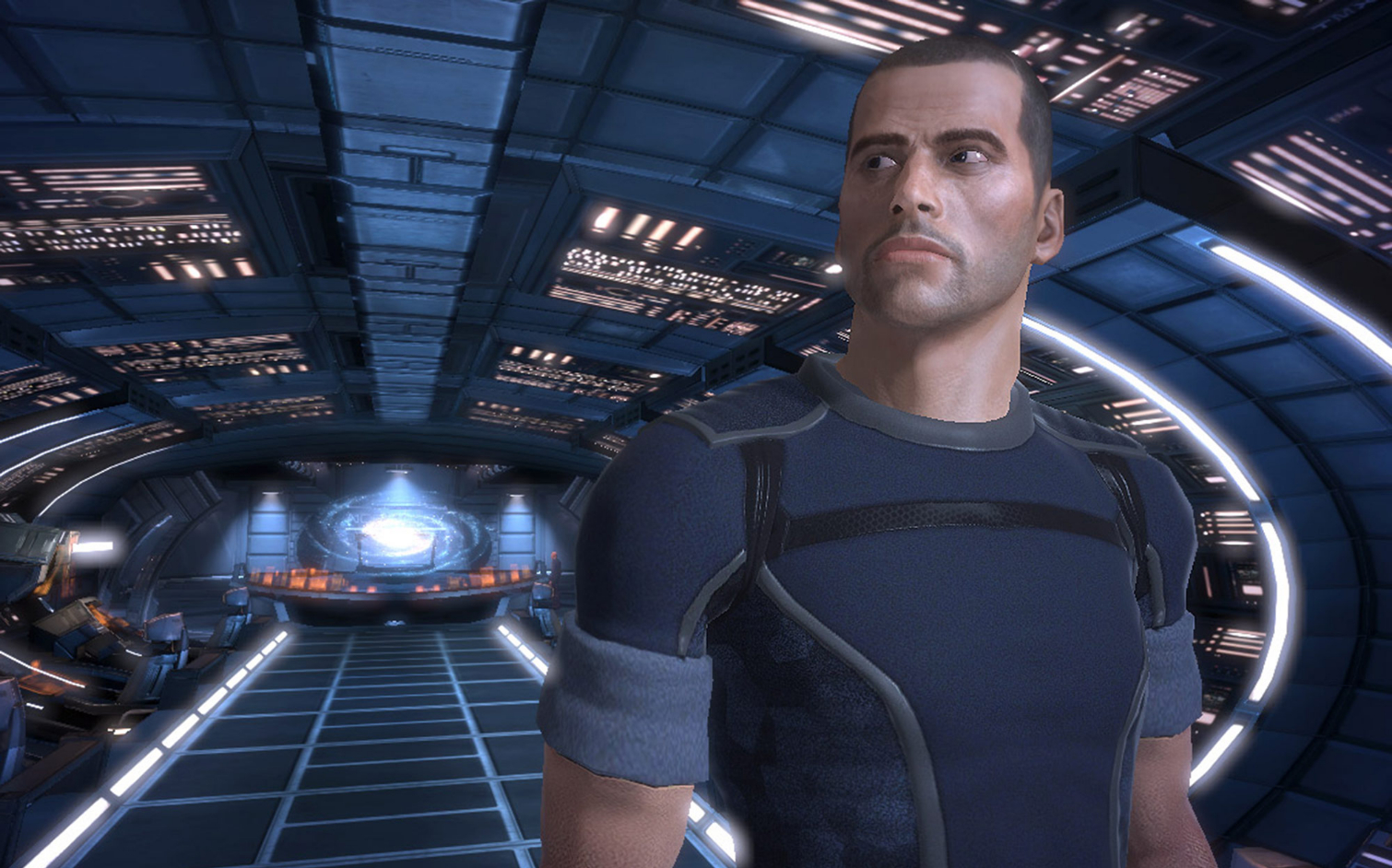
Three's Company
The best video games, much like films and novels, often come in sets of three. And whether those games tell a complete over-arching story, or provide gamers with leaps in style and technology with each iteration, these trilogies have found a way to worm themselves into our hearts and minds, and stay there for decades. So, from Mario to Mass Effect, and from The Witcher to Warcraft, here are our favorite video game trilogies.
Credit: Microsoft
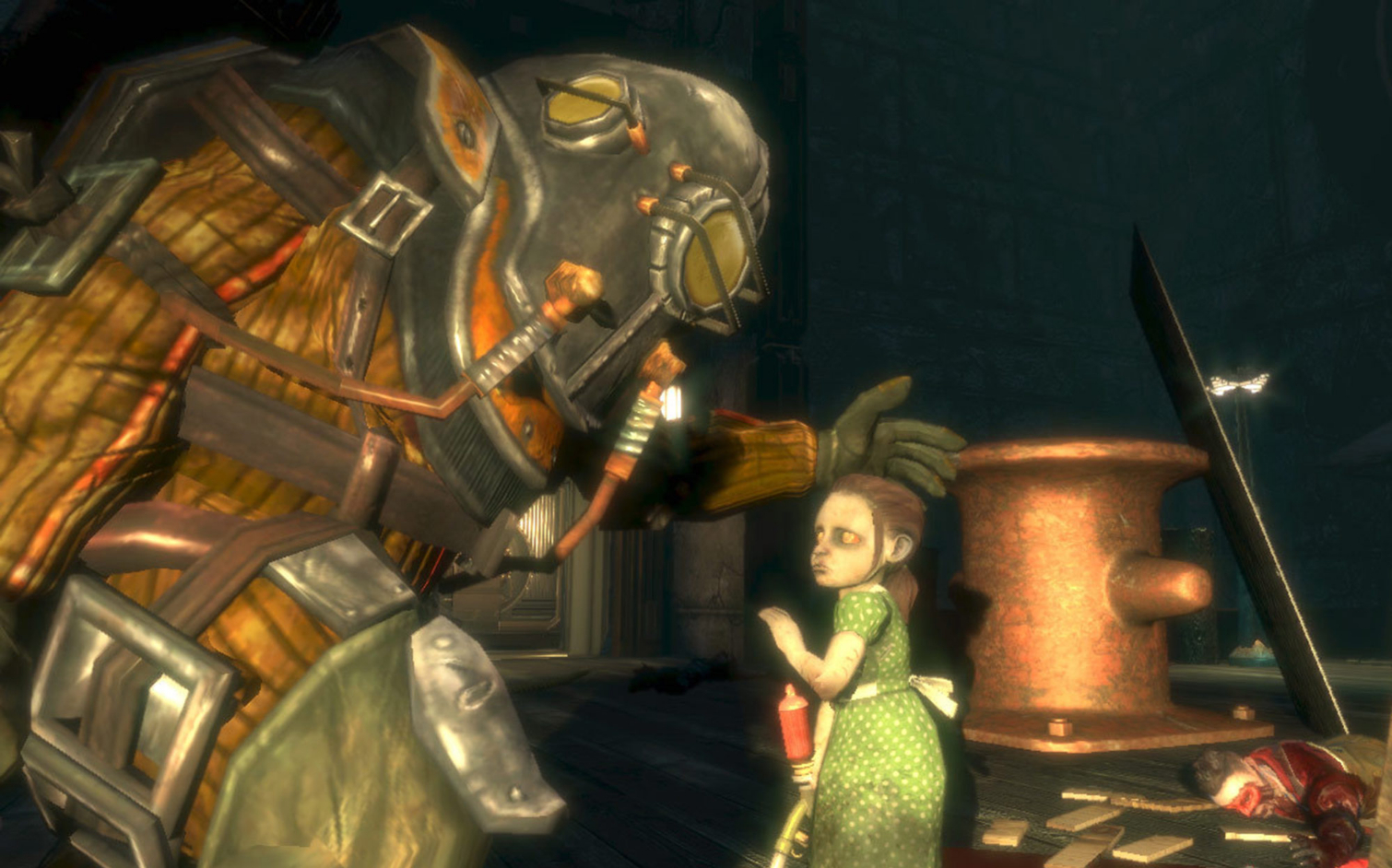
BioShock
Making a philosophical video game is easy. But making a philosophical video game without getting pretentious — or worse, boring — is hard. The BioShock series deals with some pretty heady issues, from Objectivisim to American Exceptionalism, but takes care to blend those ideas with fast-paced, intense, smart gameplay. The first game introduced players to the undersea dystopia of Rapture, where an "every man for himself" political system quickly became unsustainable. In BioShock 2, though, it's clear that a restructured Rapture under a collectivist ideology turned out just as poorly. BioShock: Infinite shook things up by changing the setting to Columbia: a "utopian" city in the clouds based on early 20th-century American values — including racism, sexism and colonialism. The BioShock trilogy is linked thematically rather than by story explicitly, but each game is well worth checking out. — Marshall Honorof
Credit: 2K Games
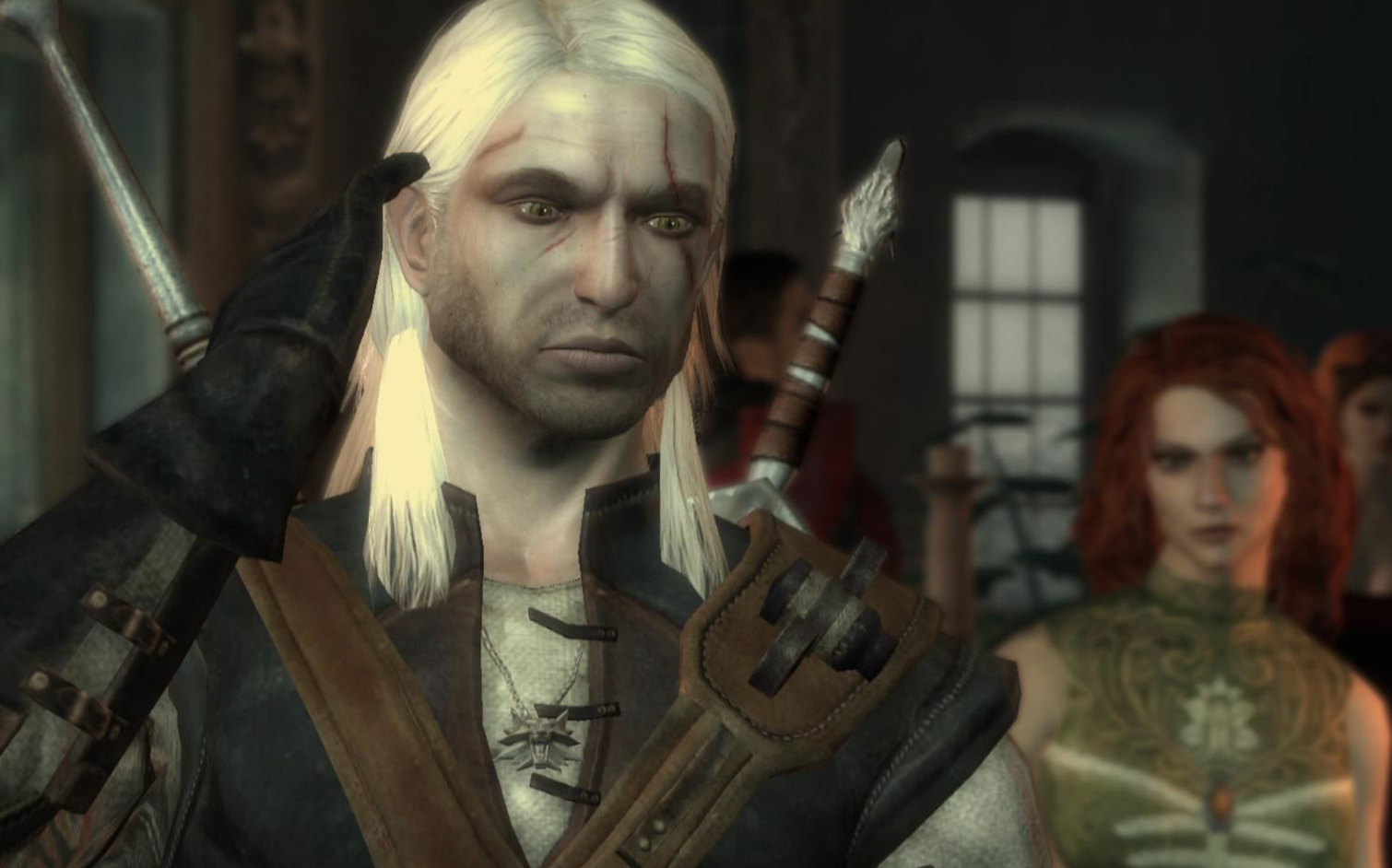
The Witcher
Probably the most popular thing to come out of Poland since heliocentrism, The Witcher series follows Geralt of Rivia: a roving monster hunter in a dark fantasy world. In theory, Geralt's job should be simple, as he roams from town to town and slays monsters. But, of course, Geralt has friends in high places, from wandering troubadours to powerful sorceresses, and invariably becomes embroiled in three quests that could shape the fate of the Northern Realms. The first game follows Geralt as he squares off against a powerful sorcerer who seems to have a personal score to settle. In the second game, Geralt must stop a regicidal assassin whose preternatural abilities seem to mirror his own. And in The Witcher III, the franchise's magnum opus, Geralt finally confronts the King of the Wild Hunt: a spectral foe who has hunted him since the very beginning of his electronic adventures. — Marshall Honorof
Credit: Atari
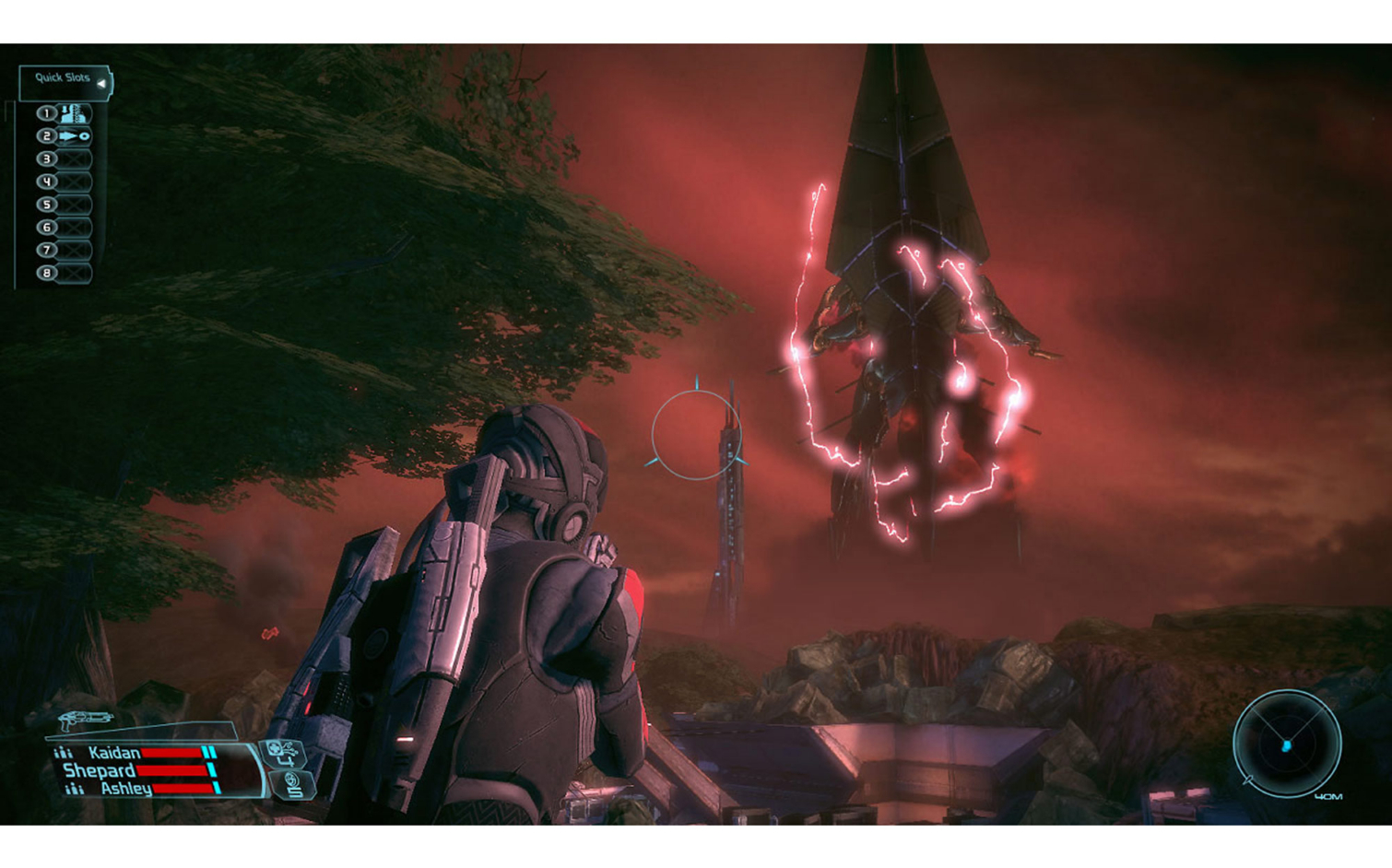
Mass Effect
Save Ashley or Kaidan? Rewrite the Geth or destroy them? Cure the Krogan genophage or don't? These are just some of the agonizing choices that define the Mass Effect trilogy, which consists of three sprawling sci-fi action-RPGs in which your story -- and your decisions -- carry over across the entire series. The first three Mass Effect games deliver satisfying combat, lots of player customization and breathtaking interstellar worlds, but what really makes them special are the unforgettable characters, as well as the endless ways your story can play out based on the type of Commander Shepard you decide to be. While the troubled Mass Effect: Andromeda put a bit of a stain on the series' legacy, the original three games remain some of the finest role-playing experiences ever made. — Mike Andronico
Credit: Microsoft
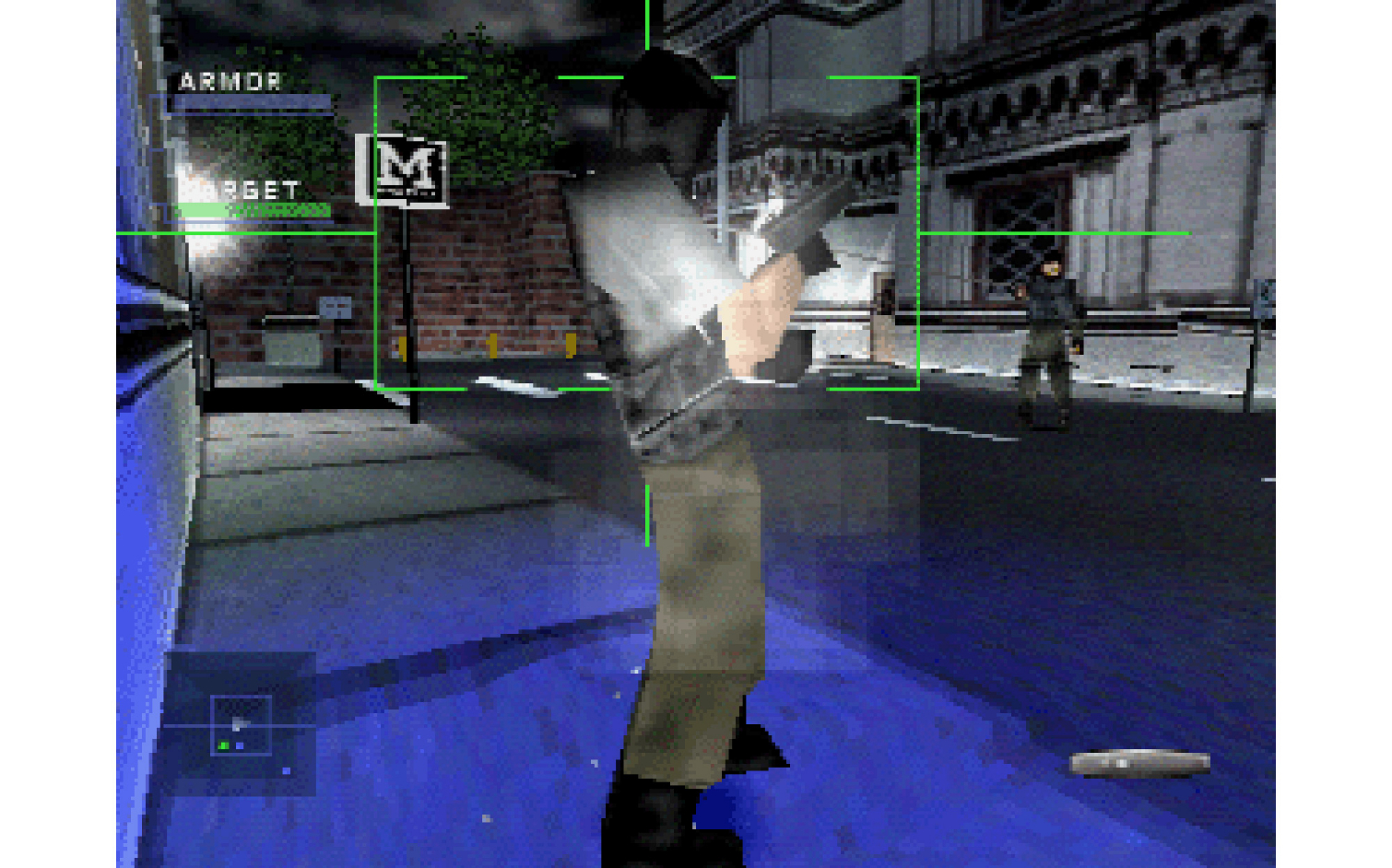
Syphon Filter
Before there was Sam Fisher and Splinter Cell, there was Gabriel Logan and the Syphon Filter series. The lead agent of a secret government organization dubbed The Agency, Logan and his partner Lian Xing travel the world fighting to stop bioterrorists from unleashing mass devastation via a tailored virus called Syphon Filter. The third-person shooter delivered stealth mixed with run-and-gun tactics and a story jam-packed with twists and turns befitting a blockbuster spy thriller including faked deaths, government betrayals and secret love children. And while the first was strictly a single-player affair, the following sequels added a multiplayer mode so gamers can take a break from saving the world to blow friends to smithereens via RPG. — Sherri L. Smith
Credit: Sony
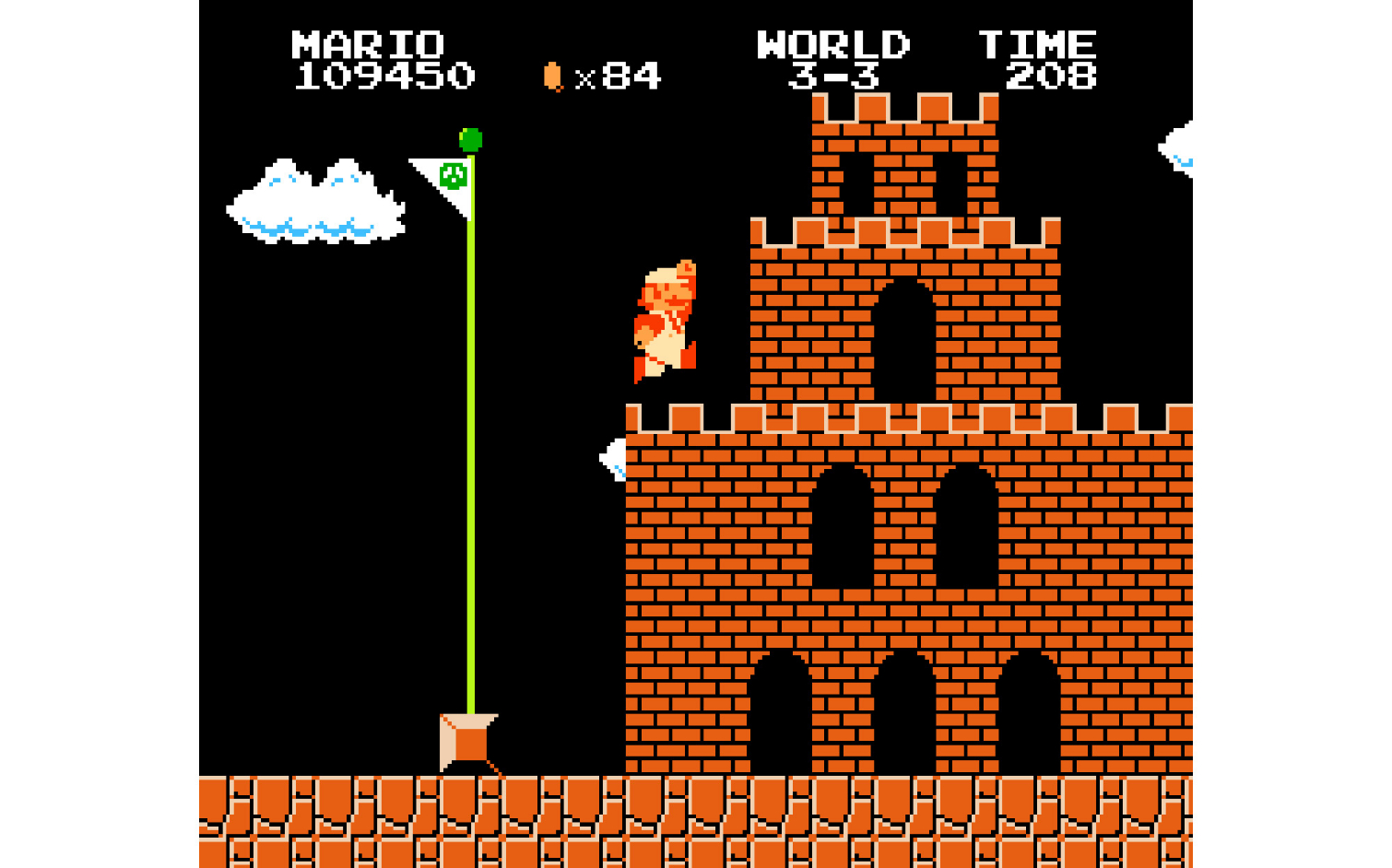
Super Mario Bros.
As platformers go, few are more iconic and influential than the original Mario trilogy. SMB1 gave us all the the basics, with the deadly Hammer Bros. and hidden level jumps, and SMB3 provided all of the game-changing super powers, as the Tanooki and Frog suits made flight and swimming even easier. All the while, Mario's been suffering through increasing levels of Missing Princess syndrome, which become increasingly hilarious with each castle. And sure, I just skipped right over SMB2, which is kinda how most Americans played these games, but that weird piece of video game history introduced us to Birdo, and some of the oddest, riskiest gameplay ever. — Henry T. Casey
Credit: Nintendo
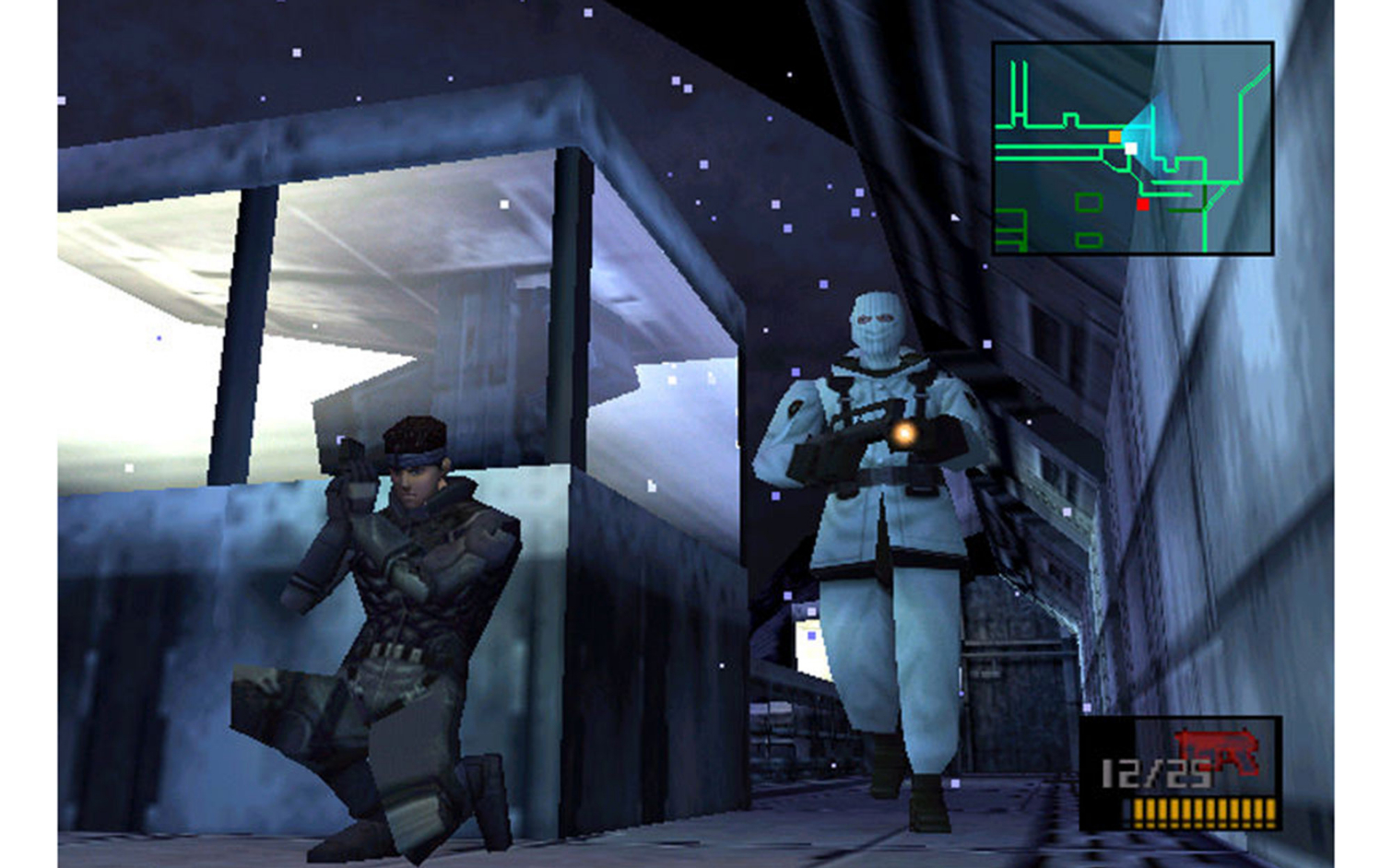
Metal Gear Solid
There are almost as many games in the Metal Gear series as there are twists, turns and weird-ass enemies. But we'd be remiss if we didn't pay homage to the Metal Gear Solid trilogy. The stealth-based action-adventure series put players in the shoes of one of the greatest super soldiers gaming has ever known, Solid Snake as he fights to protect the world from being ruled by sentient artificial intelligence and mobile bipedal tanks with enough nukes to decimate several small countries. The game is packed with scores of colorful characters including a seemingly immortal vampire, a cyborg ninja and a man who has bees living inside of him. Yes, the plot is convoluted, but once it gets going, the Metal Gear series has plenty of action and intrigue to keep you entertained for days, if not months. — Sherri L. Smith
Credit: Konami
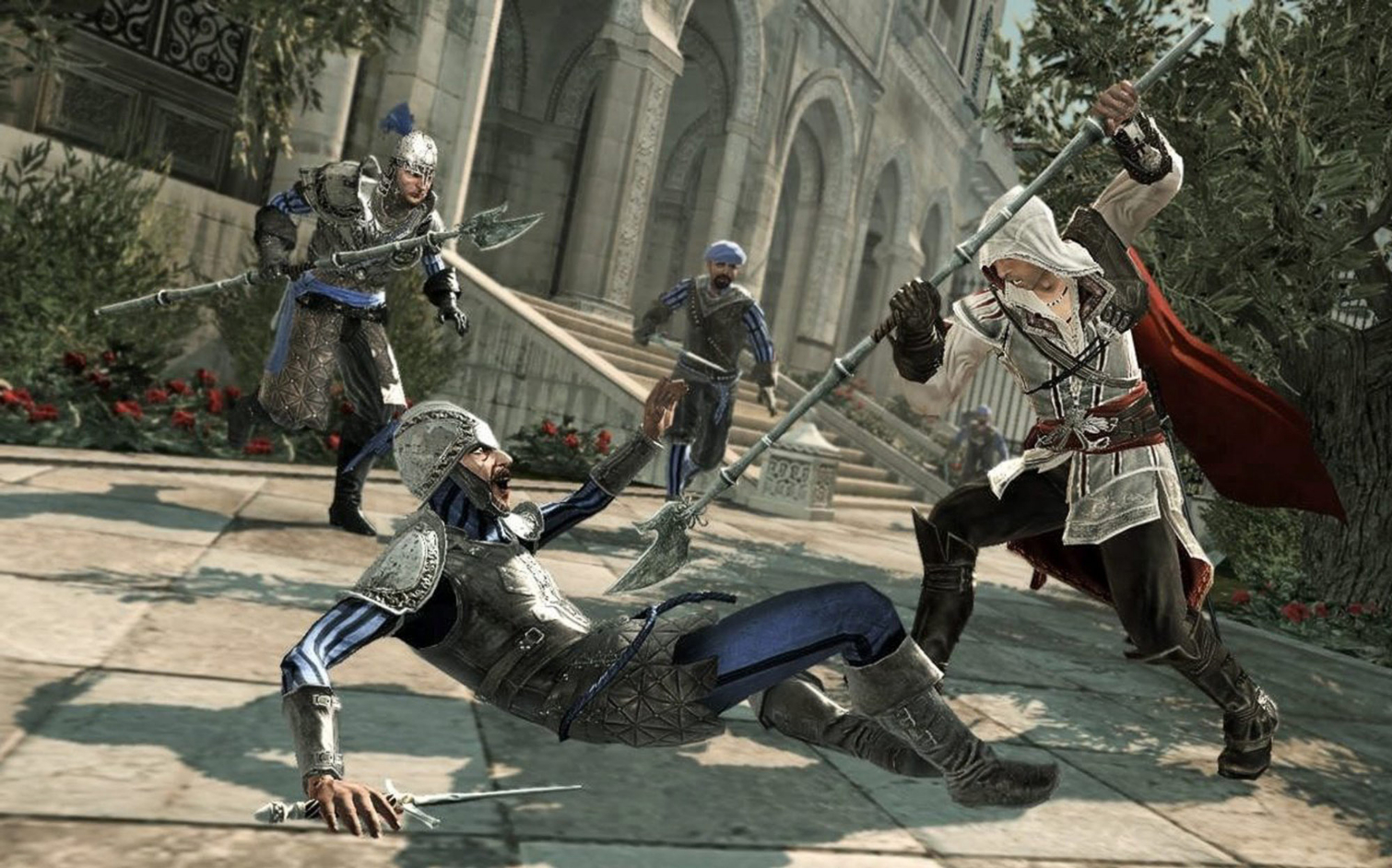
Assassin's Creed: Ezio
The Assassin's Creed series has way more than three games, but the story of Ezio Auditore da Firenze forms a nice little trilogy early on in the franchise. Ezio is a 15th-century Florentine nobleman, who lives a life of luxury, until his father and brothers die in a murderous conspiracy. From there, he becomes a vengeful Assassin, tracking the Templar agitators from Florence, to Forli, to Venice, to Rome, and even as far away as Constantinople and Cappadocia. Along the way, he crosses swords with some of history's greatest villains, including Pope Alexander VI, Cesare Borgia and Şehzade Ahmet. Ezio's narrative arc is a big draw, but so is the signature action/stealth Assassin's Creed gameplay. From assassinations, to swordfights, to soaring around in Leonardo da Vinci's flying machine, Ezio's journey is one you won't soon forget. — Marshall Honorof
Credit: Ubisoft
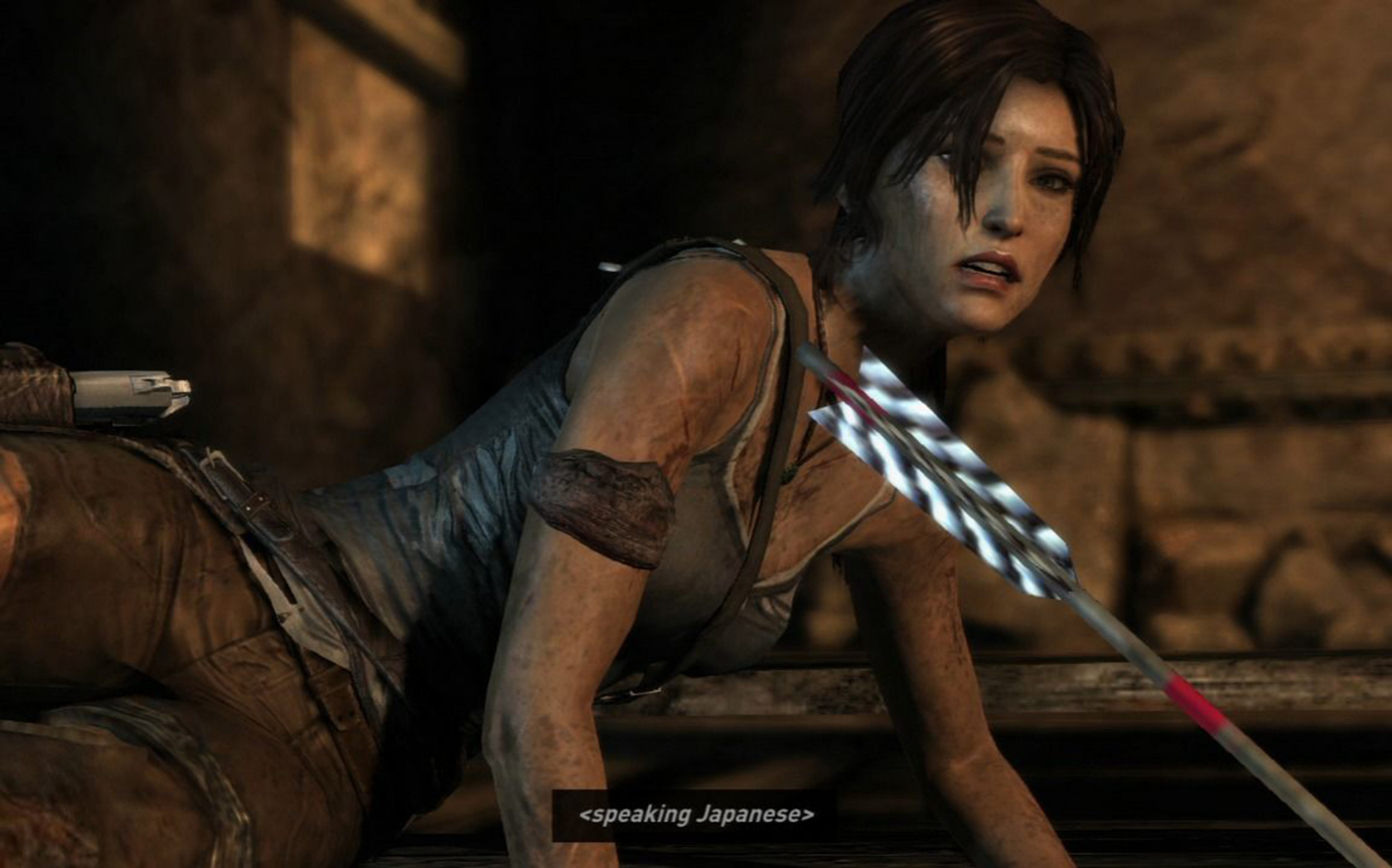
Tomb Raider (2013 series)
When Crystal Dynamics announced it was rebooting the vaunted Tomb Raider series, gamers were rightly skeptical. This is Lara Croft afterall, one of gaming's most beloved female characters. But the developer has done a bang up job, taking Lara back to her roots, when she was just a lost girl looking for answers behind her dad's disappearance while coming to terms with her innate skepticism. And while there's plenty of tombs to raid, treasure to discover and bad guys to fight, the series also allows Lara to develop as a well-rounded person with her own foibles, instead of being a one-woman wrecking machine. The story can be a little stilted at times , but the entire reboot series — comprised of Tomb Raider, Rise of the Tomb Raider and Shadow of the Tomb Raider — is definitely worth playing through. — Sherri L. Smith
Credit: Square Enix
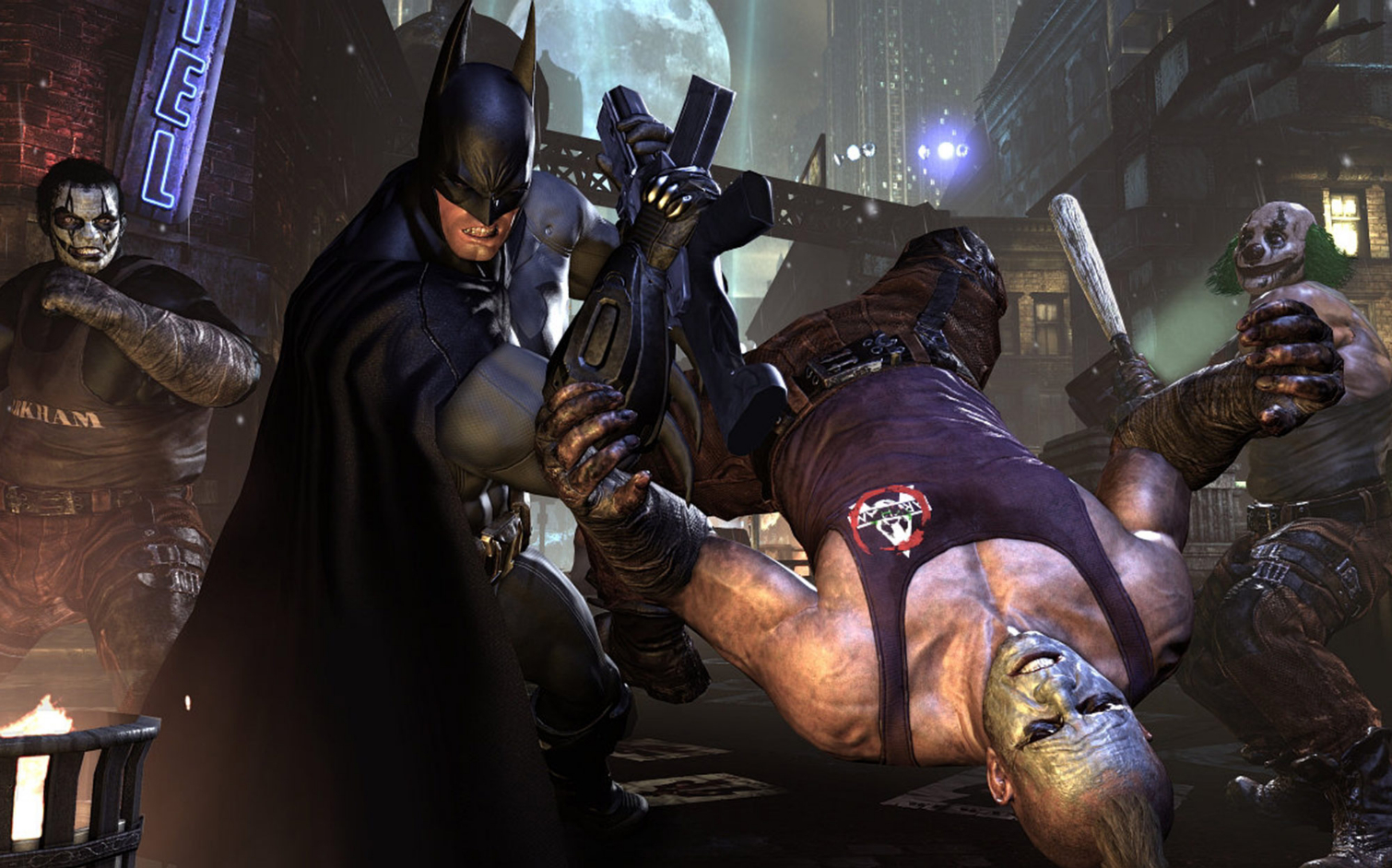
Batman: Arkham Trilogy
While Christopher Nolan's rebooted Batman trilogy got a bit dry by the end of The Dark Knight Rises, the Batman: Arkham Asylum, Arkham City and Arkham Knight games kept getting better. Rocksteady Games' first chapter did a good job of capturing the feeling of fighting in and flying around the Arkham Asylum, but the game was truly tied together thanks to the excellent voice acting of Kevin Conroy (Batman), Mark Hamill (The Joker) and Arleen Sorkin (Harley Quinn). City enhanced the series by upending Batman's reality, making him the inmate in a new supermax prison. Arkham Knight, though, offers a masterful conclusion to the trilogy by finally opening Gotham City up for exploration, which feels like a darker, seedier version of the Liberty City loved by Grand Theft: Auto enthusiasts. — Henry T. Casey
Credit: Warner Bros. Interactive Entertainment
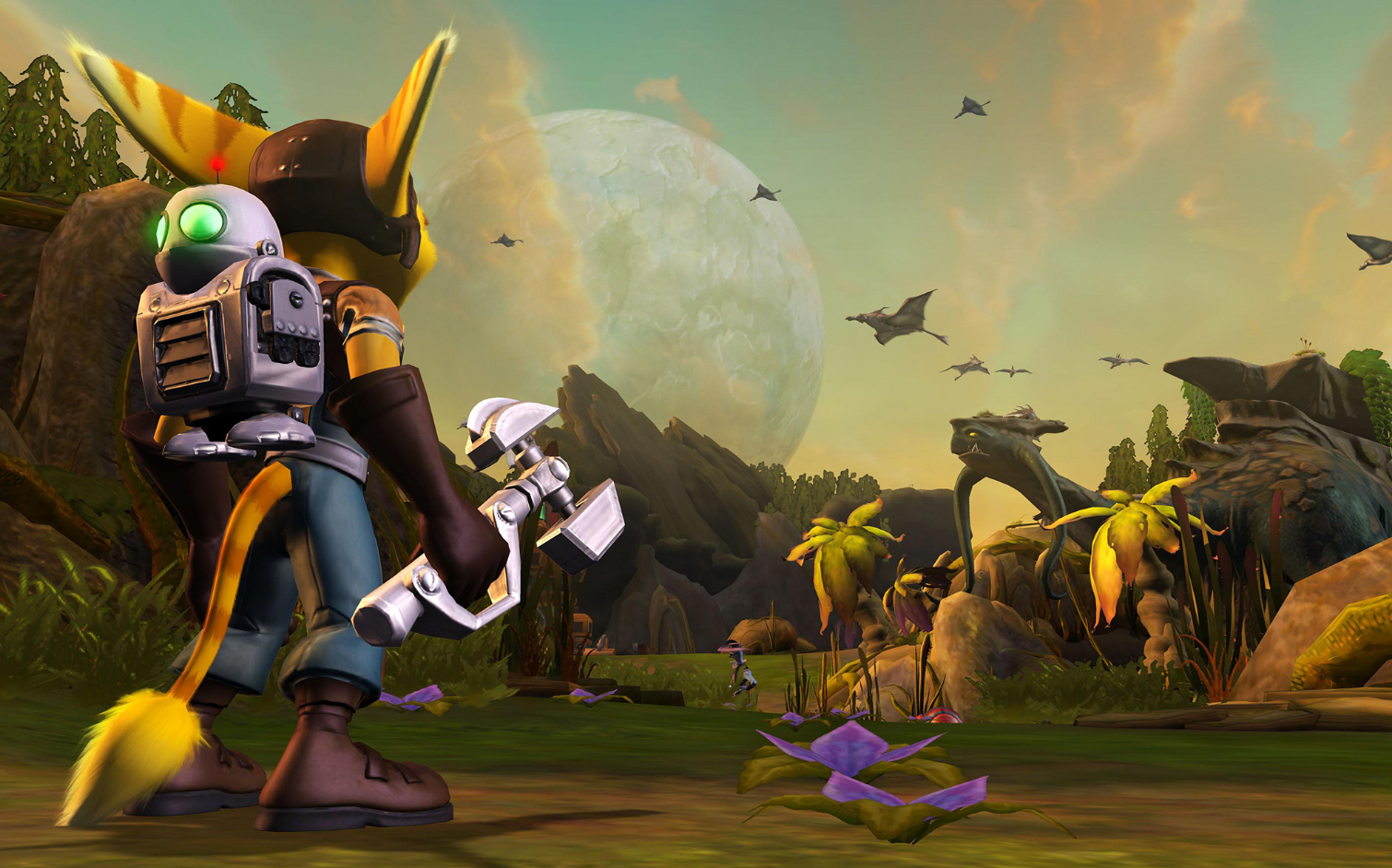
Ratchet & Clank: Future
At first glance, the Ratchet & Clank trilogy looked like a typical platformer of the time. You've got your cute mascot-worthy protagonists, big sprawling worlds that are both cartoony and beautiful and a seemingly simple gameplay that belied the skill necessary to take down the galaxy's nastiest baddies. But outside of a lone Lombax and his robot companion trying to make their way in the world, what made each of the Ratchet & Clank games stand out were the innovative weapons. Where else could you play a game where you can turn enemies to sheep or launch a disco ball in the air that compels nearby enemies to dance, only to blow up at the end of the boogie? But what really made Ratchet & Clank a hit with fans was the writing, which delivered just enough PG-13 suggestiveness to make teens and adults giggle without scarring young gamers. — Sherri L. Smith
Credit: Insomniac Games
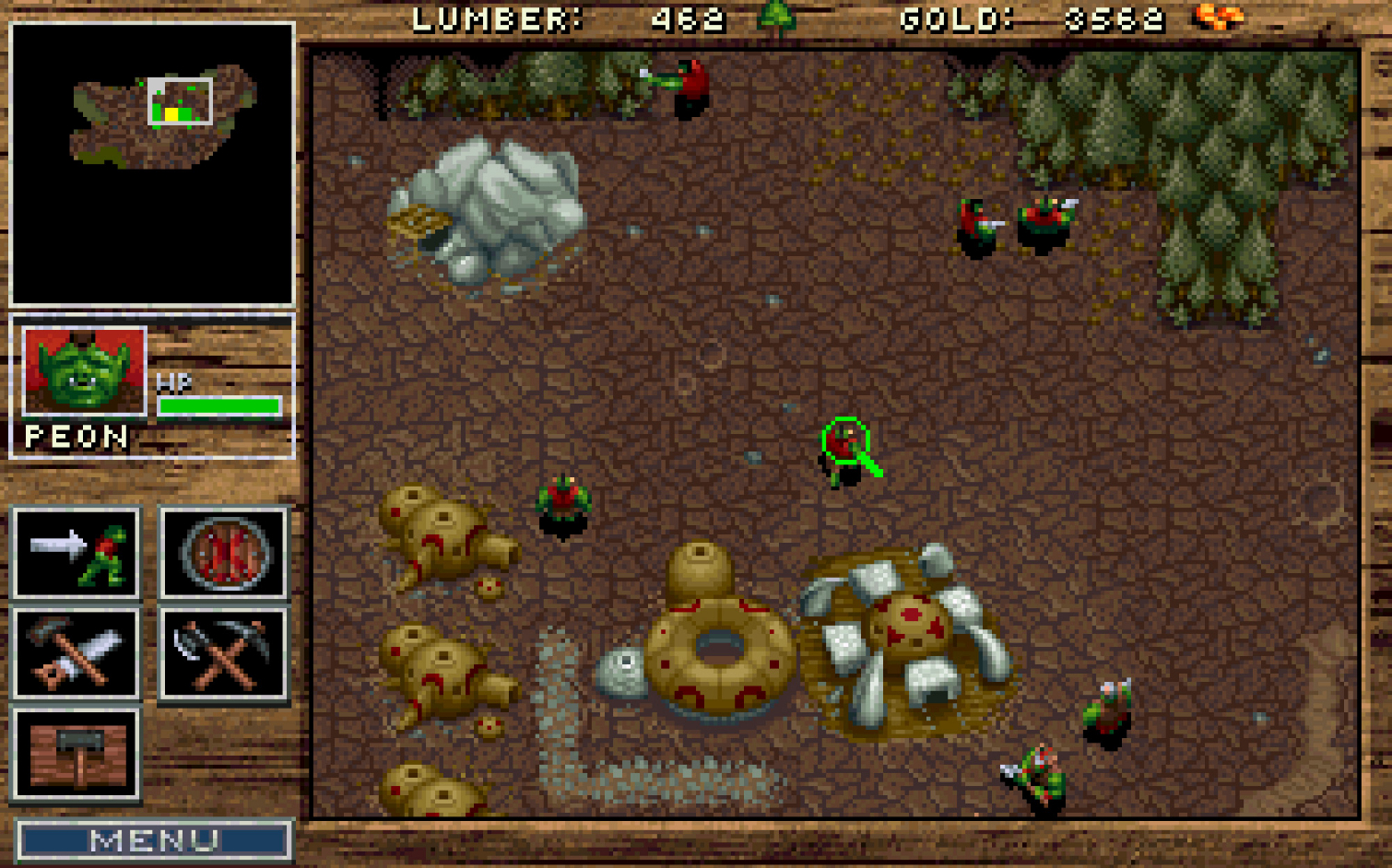
Warcraft
Before World of Warcraft, humans and orcs squared off for control of Azeroth in a trilogy of real-time strategy games. Warcraft: Orcs and Humans set the stage for the grand conflict, as a mysterious race of otherworldly orcs invaded the formerly peaceful kingdom of Lordaeron. But in Warcraft II: Tides of Darkness, things got a little more complicated, as the humans discover that the orcs are not simply warmongers; they are displaced refugees seeking a new homeland. Warcraft III: Reign of Chaos is where the franchise really hits its stride, though, with a complicated four-pronged story about humans and orcs, as well as the ravening undead and the mysterious night elves. In addition to introducing two new playable races, Warcraft III also introduced an ambitious narrative about heroes like Thrall, villains like Arthas, and a demonic invasion of Azeroth that would take many World of Warcraft expansions to fully resolve. — Marshall Honorof
Credit: Interplay Production
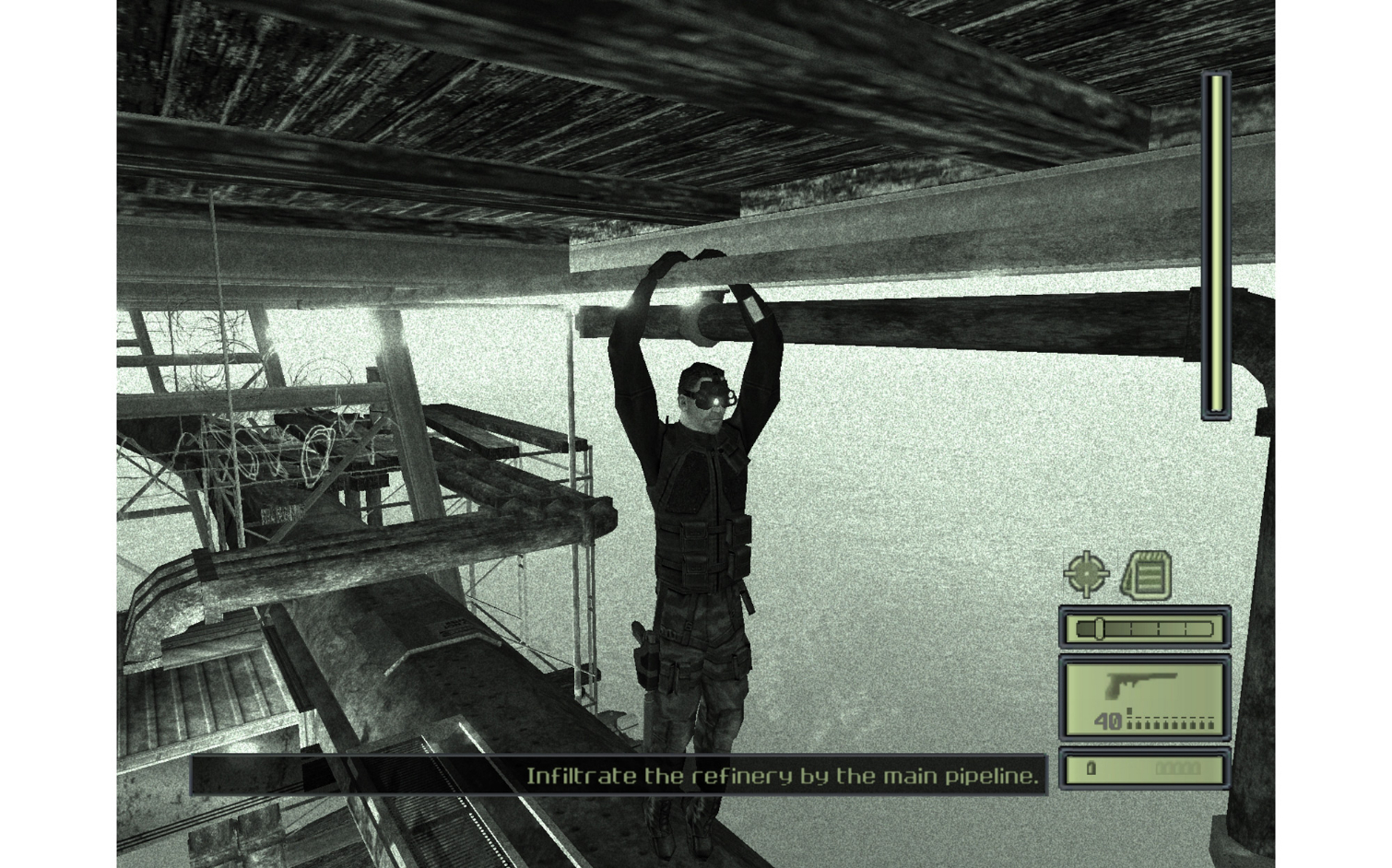
Splinter Cell
Just after the Metal Gear Solid franchise put the stealth-action genre on the map, Ubisoft's Splinter Cell series showed up to elevate it to new heights. The 2002 original was a more grounded, tactical alternative to Metal Gear's increasingly over-the-top anime antics, challenging players to take advantage of shadows and fog as protagonist Sam Fisher weaves his way through an international conspiracy in order to avert World War III. The sequel, Pandora Tomorrow, introduced a groundbreaking asymmetrical multiplayer mode dubbed Spies vs. Mercenaries, which pit spies against heavily armed mercs in a battle of stealth vs. brawn. But many consider Splinter Cell: Chaos Theory to be the peak of the franchise, as it refined the deep stealth mechanics to a near perfect degree while building on the multiplayer with an entirely separate co-op campaign. Each of the first three Splinter Cell games brought something noteworthy to the stealth genre, and are all well worth revisiting today. — Mike Andronico
Credit: Ubisoft
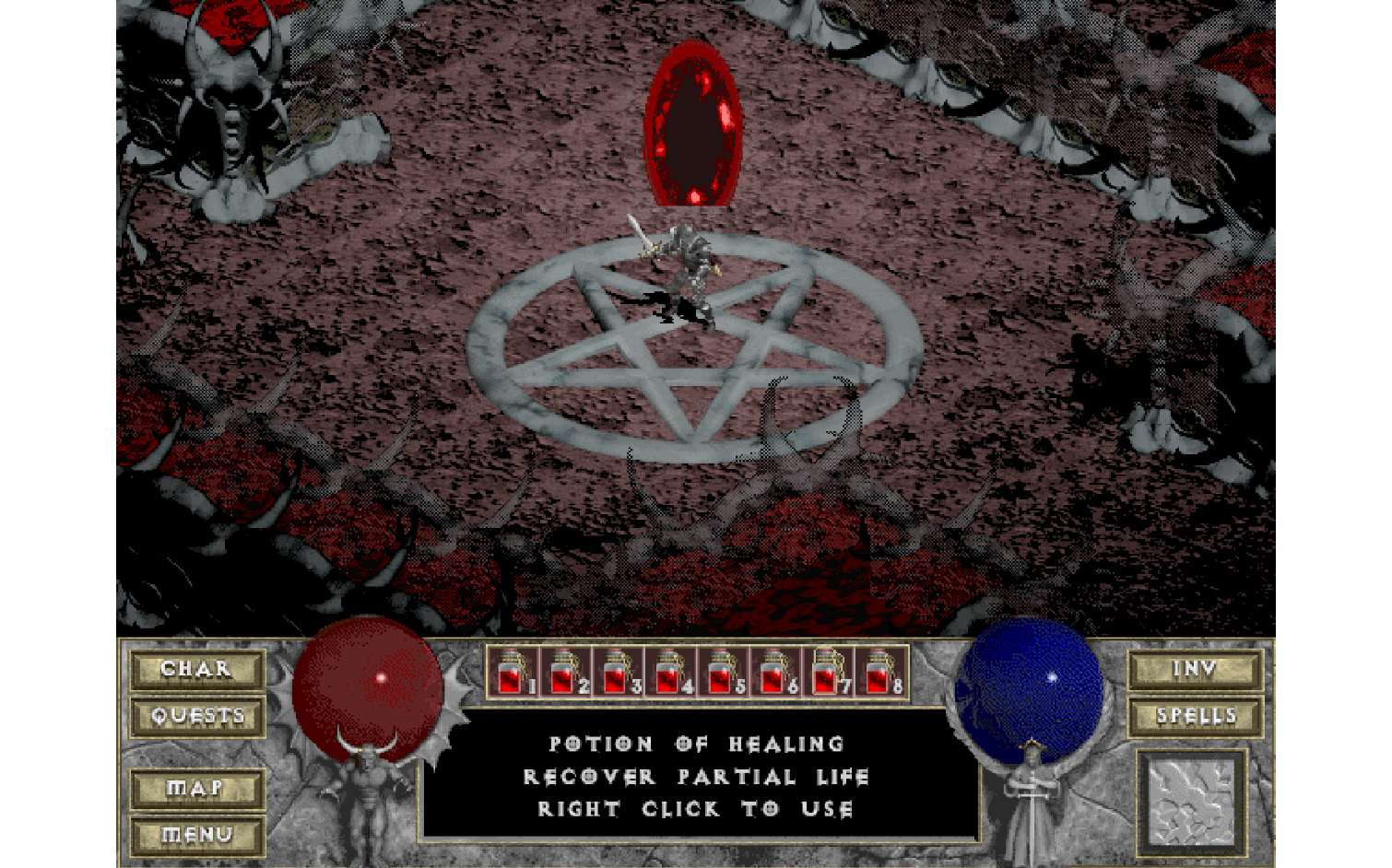
Diablo
From simple hack-and-slash beginnings, the Diablo series has evolved to be one of the most addictive and creative fantasy trilogies in gaming. In the first game, you play as a wandering adventurer, who's come to liberate the quiet town of Tristram from the dread demon, Diablo. But Diablo isn't just a random villain, as we learn in Diablo II; he's part of an elaborate hierarchy, and a key player in an ongoing war between the forces of Heaven and Hell. The battle comes to a head in Diablo III, where a number of returning characters make their last stands, and we learn that the heavenly host is not quite as incorruptible as we were led to believe. The gameplay is an isometric loot-fest, where you'll build up a character with both intrinsic skills, and the incredible armor and weapons that you'll pick up along the way. — Marshall Honorof
Credit: Blizzard
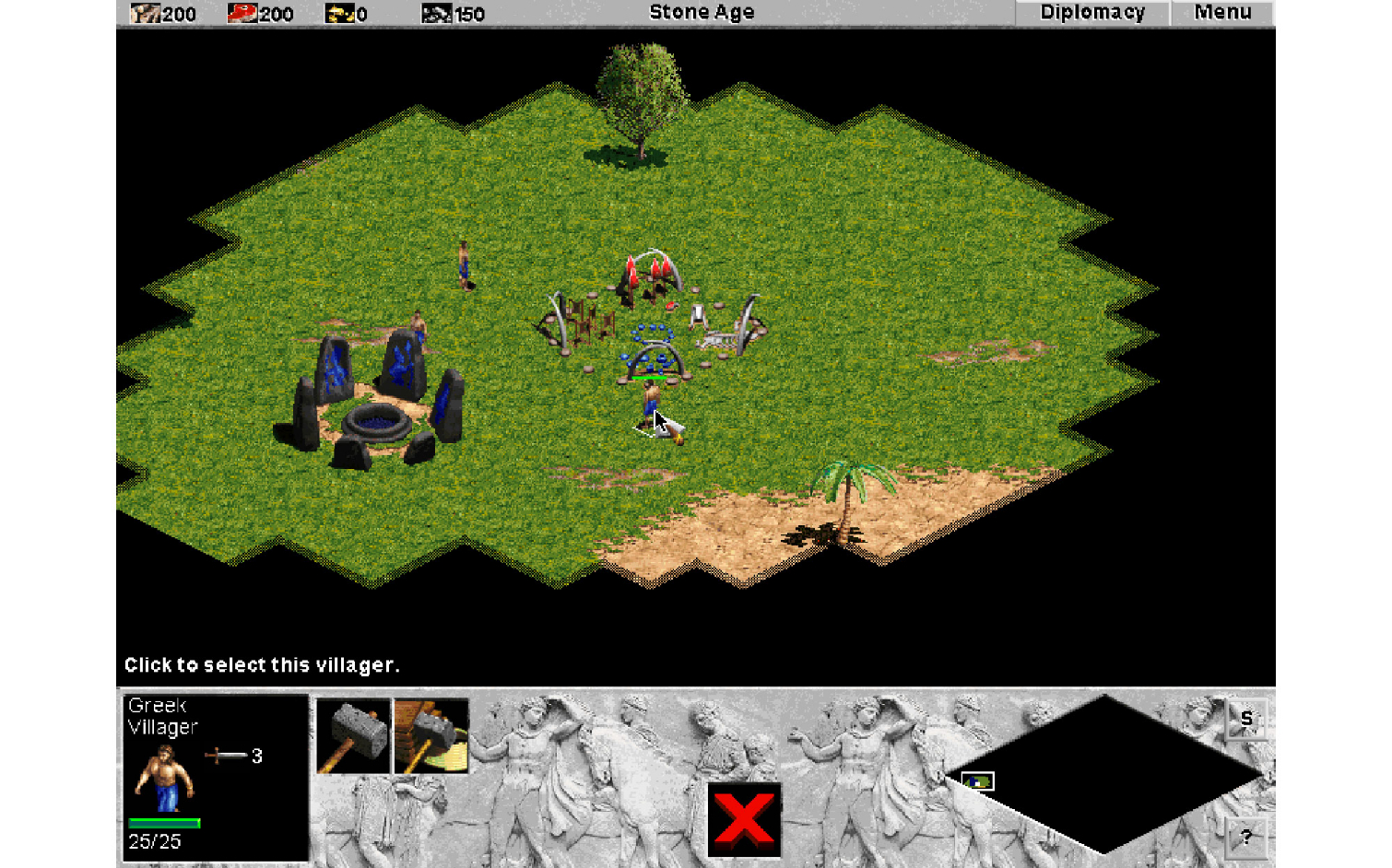
Age of Empires
When it comes to epic stories, it's hard to beat the real-life history of the world. Age of Empires begins in the Stone Age, with civilizations in Egypt and Babylon learning how to forage, farm and fight for the first time. But the series quickly evolves from there, from the great expansion of the Macedonians, to the long, slow fall of the Roman Empire. Where Age of Empires distinguishes itself from other real-time strategy series is that war isn't always the ultimate objective; city-building and researching new technologies can be just as important. This is particularly true in Age of Empires II: The Age of Kings, which covers the Dark Ages through the Age of Exploration, and Age of Empires III, which brings the action of the Gunpowder Era into the New World and the Far East. — Marshall Honorof
Credit: Microsoft
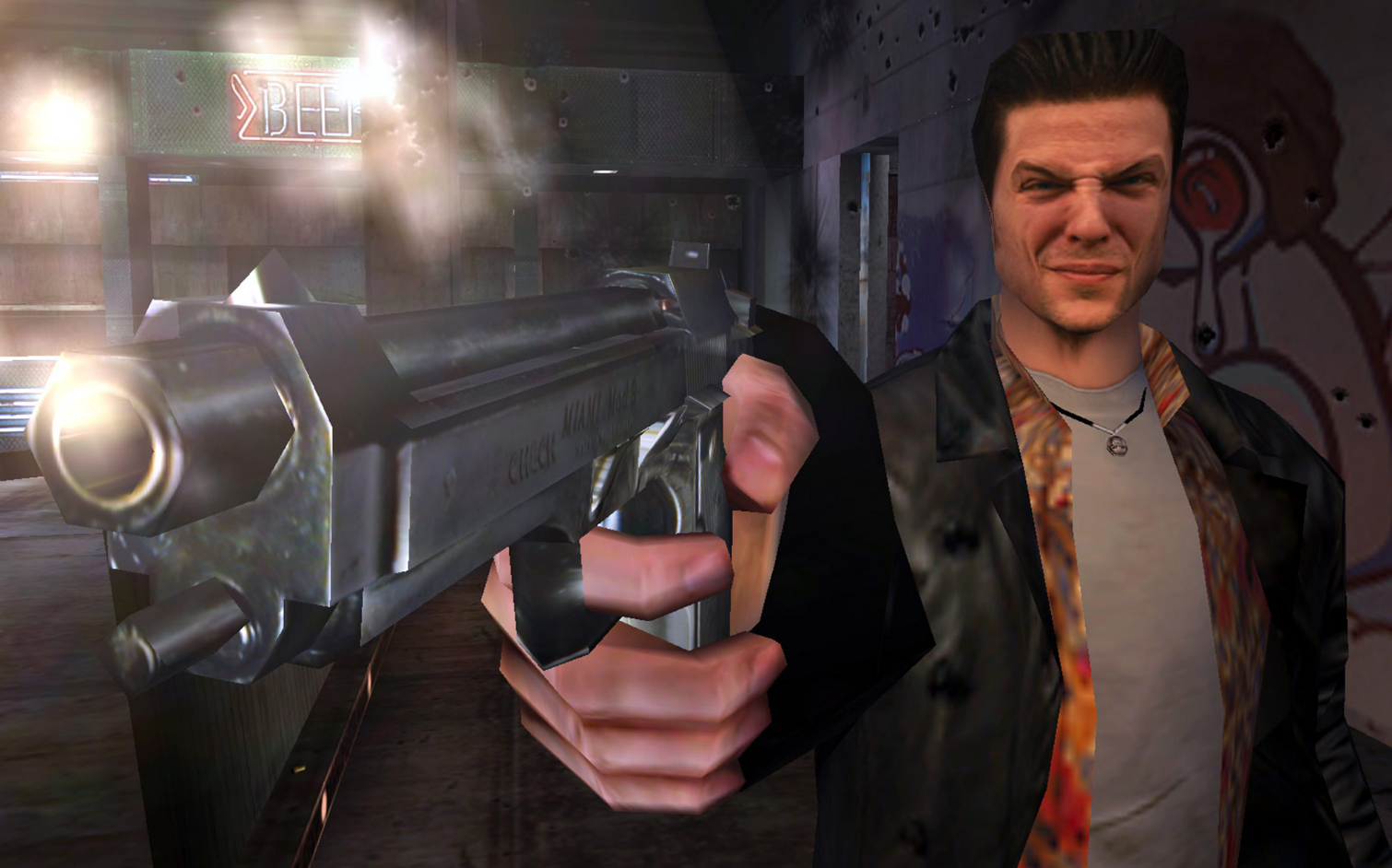
Max Payne
There's nothing like an atmospheric film noir shooter — particularly if it has healthy doses of Norse myth and pop culture satire. The Max Payne series takes itself just seriously enough so that players invest in its world and characters, but not so seriously that we can't have some fun along the way. Max Payne is a hard-boiled cop who gets caught up in a criminal conspiracy in the first game — and matters only get worse in Max Payne 2, when he falls for the beautiful-but-morally-complicated Mona Sax. When Max's life finally hits rock bottom in Max Payne 3, he leaves town for sunny Brazil, only to find that it's not so easy to leave behind a life of hunting criminals. Max Payne is the series that made "bullet time" into an action-game mainstay, and it's still one of the most stylish trilogies ever made. — Marshall Honorof
Credit: Rockstar
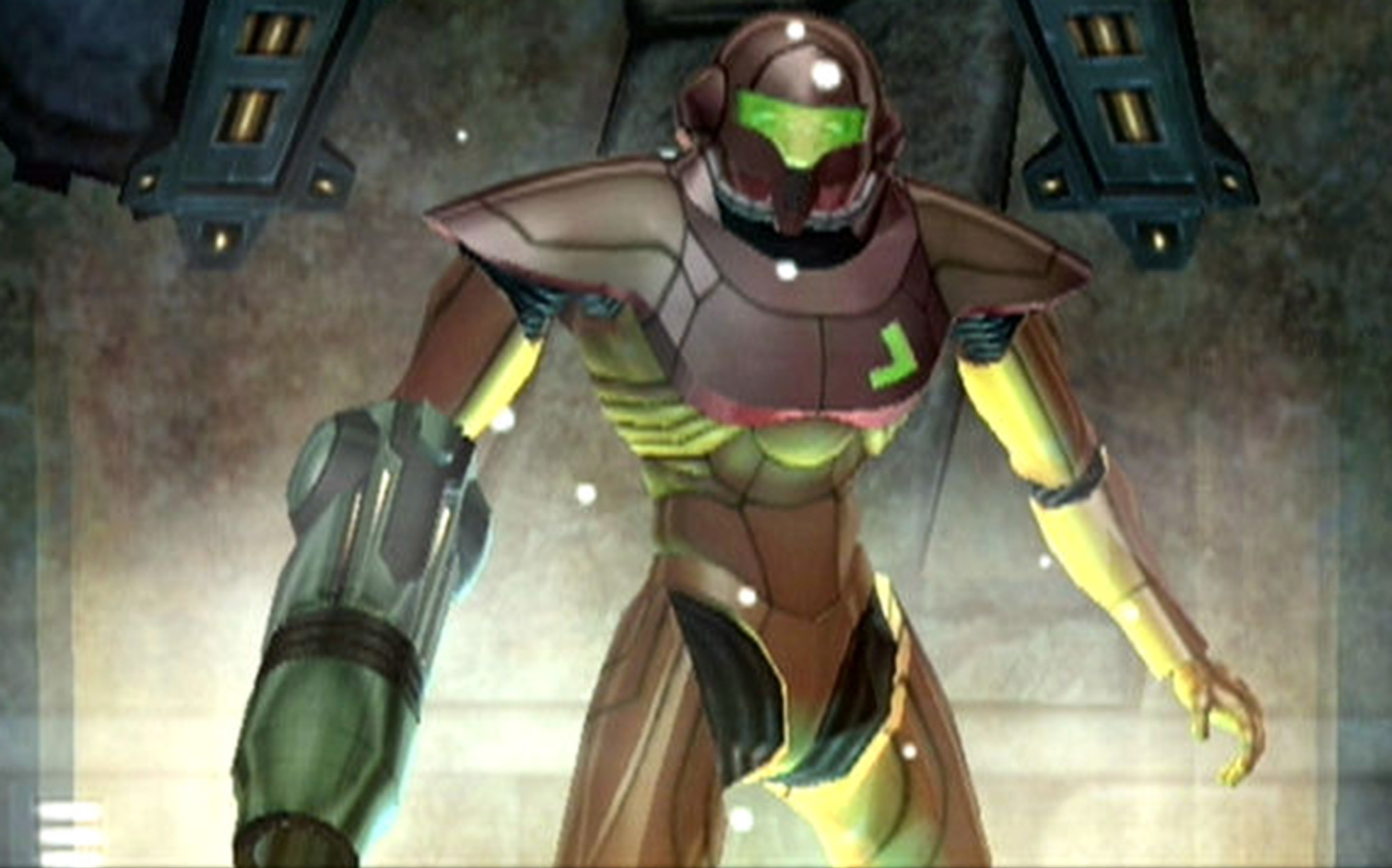
Metroid Prime
The Metroid Prime trilogy is a perfect example of how a simple shift in perspective can completely reinvent a series. Up until Metroid Prime on the GameCube, the adventures of Samus Aran had always been side-scrolling exploration adventures, equal parts fighting sci-fi enemies and solving clever environmental puzzles. Turning the franchise into a first-person shooter seemed like a recipe for confusing navigation and imprecise combat. But thanks to clever controls and excellent level design, Metroid Prime keeps the spirit of the series alive while putting players closer to the action than ever before. In the first Metroid Prime, Samus must learn more about her own heritage on the mysterious planet Tallon IV. Metroid Prime 2: Echoes pits Samus against her dark doppelganger while traversing different dimensions. But in Metroid Prime 3, the world really opens up, giving Samus four huge planets to explore, and lots of cleverly hidden upgrades to find. — Marshall Honorof
Credit: Nintendo
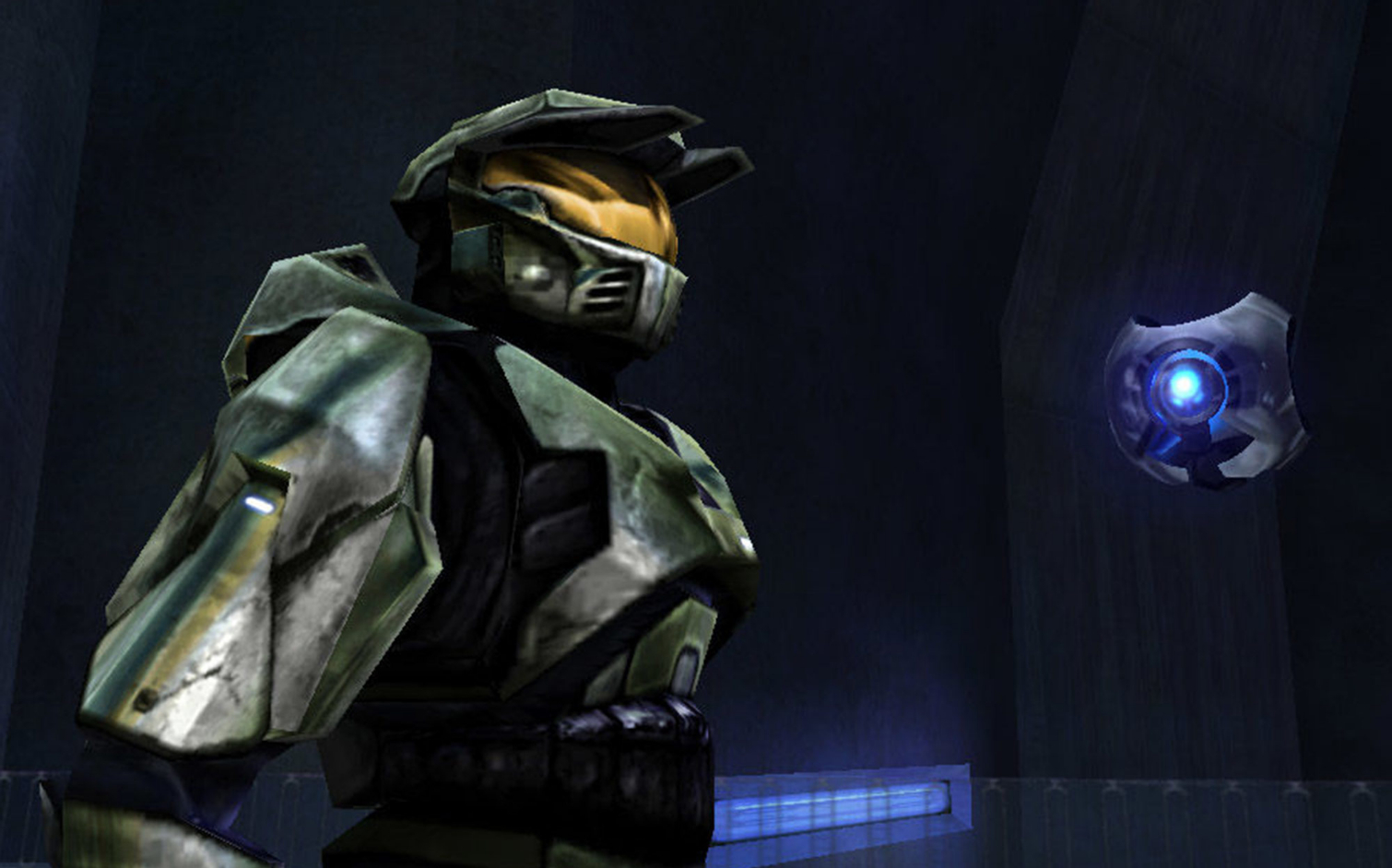
Halo
Halo didn't just put the original Xbox on the map, it also proved that console first-person shooters could hold their own against their PC contemporaries. The 2001 original's tight controls, expansive sandbox firefights and gripping sci-fi story made it the defining launch title for Microsoft's first console, and Halo 2 would redefine the genre even further by introducing a robust online matchmaking system whose influence you can still see in every modern shooter. Halo 3 served as an epic finale to the first arc of Master Chief's story, with a campaign filled with unforgettable set pieces and an even more refined online experience. Halo 4 and 5 are solid games, but the original Halo trilogy consists of some of the best -- and most influential -- shooters of all time. — Mike Andronico
Credit: Microsoft
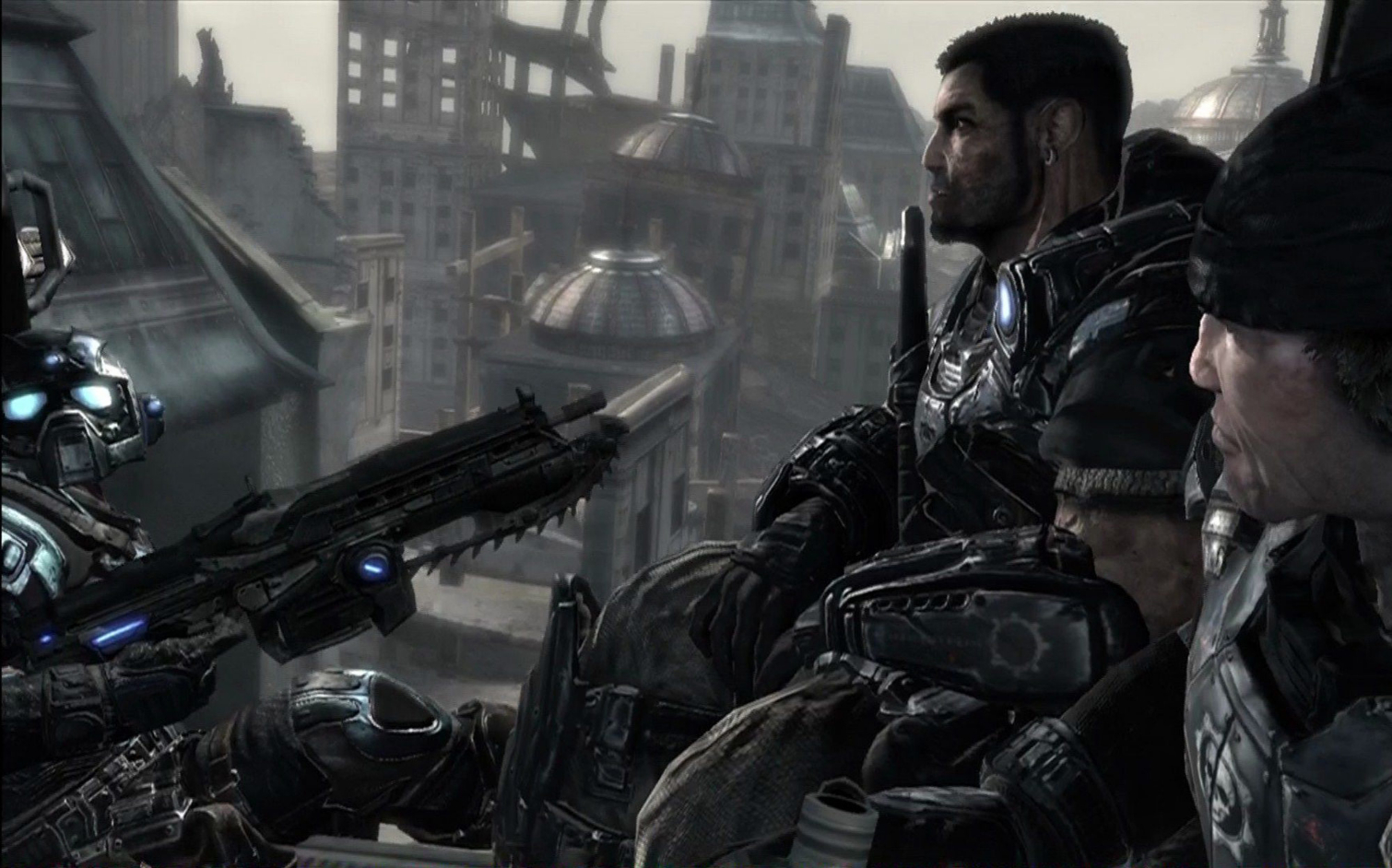
Gears of War
Just as Halo defined the original Xbox, 2006's Gears of War was the first true killer app for the Xbox 360. This deliberate, weighty third-person shooter spawned an entire subgenre of copycats, thanks to its tight cover mechanics and the sheer satisfaction of being able to rip an alien in half with a chainsaw gun. While Gears of War 2 was met with mixed reviews due to its uneven pacing and ho-hum final boss, it also introduced Horde mode: a co-op gauntlet against waves of relentless enemies whose basic structure has been cribbed by everything from Call of Duty to Splatoon. Gears of War 3 closed out the trilogy in grand fashion, touting a breathtaking action-blockbuster of a campaign and a robust suite of multiplayer modes that's still being enjoyed today. Play any modern third-person shooter, and there's a good chance you'll see Gears' influence all over it. — Mike Andronico
Credit: Microsoft
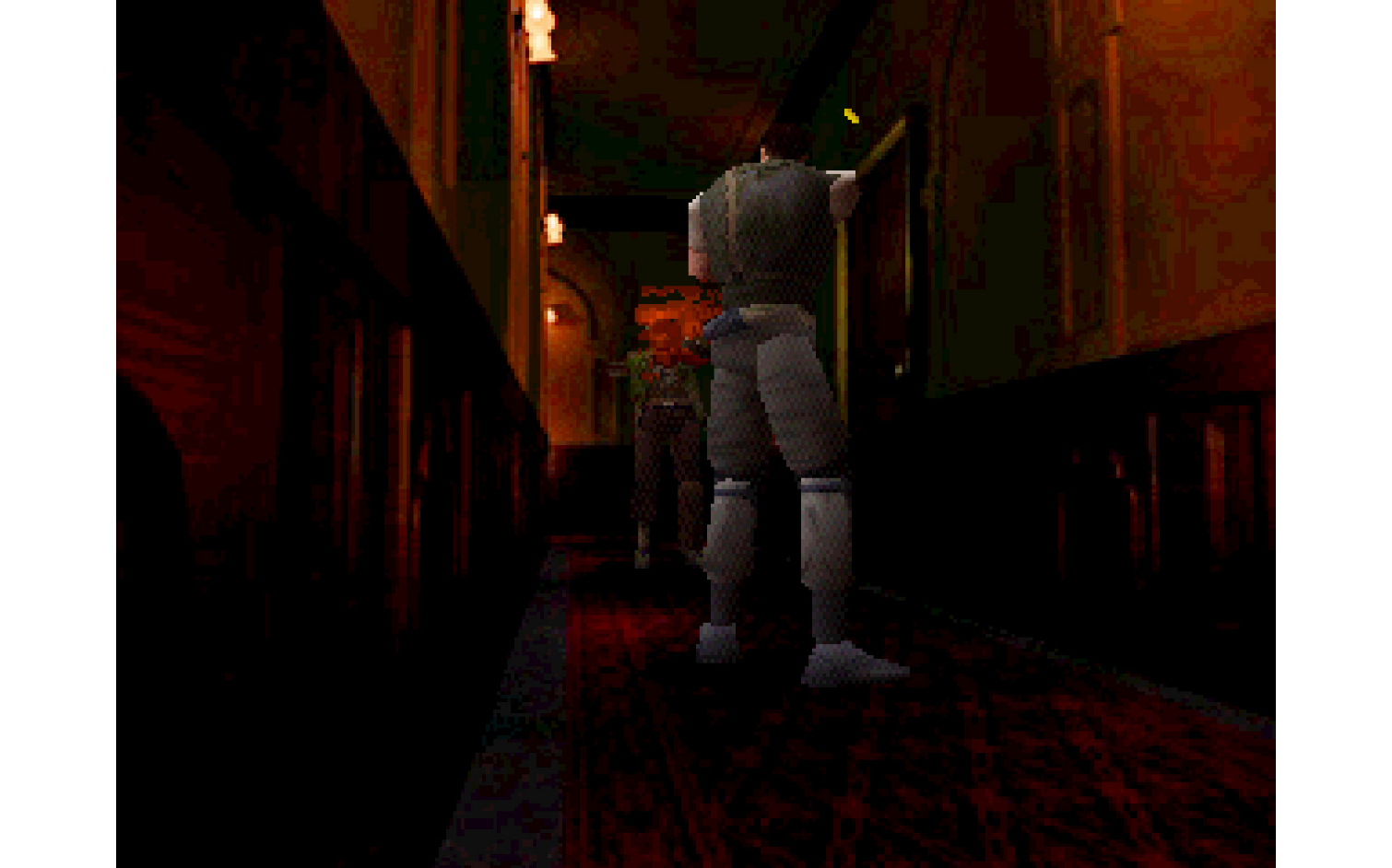
Resident Evil
With their unique fixed-camera angles that created tension at every turn, eerily atmospheric level designs and focus on puzzle solving and item scarcity, the first three Resident Evil games created the survival horror genre as we know it. The 1996 original blew gamers away with a spooky crawl through the iconic Spencer Mansion, with polygonal graphics and unsettling zombies that were unlike anything we saw at the time. Resident Evil 2 masterfully expanded the RE universe by letting us explore Raccoon City proper and giving us multiple playable scenarios, while Resident Evil 3 gave us one of the most frightening, persistent villains of all time with Nemesis. While the series arguably didn't hit its peak until Resident Evil 4, which laid the groundwork for just about all modern third-person action games, the original Resident Evil trilogy consists of true classics that deserve to be revisited today — especially in the stunning new Resident Evil 2 Remake. — Mike Andronico
Credit: Capcom
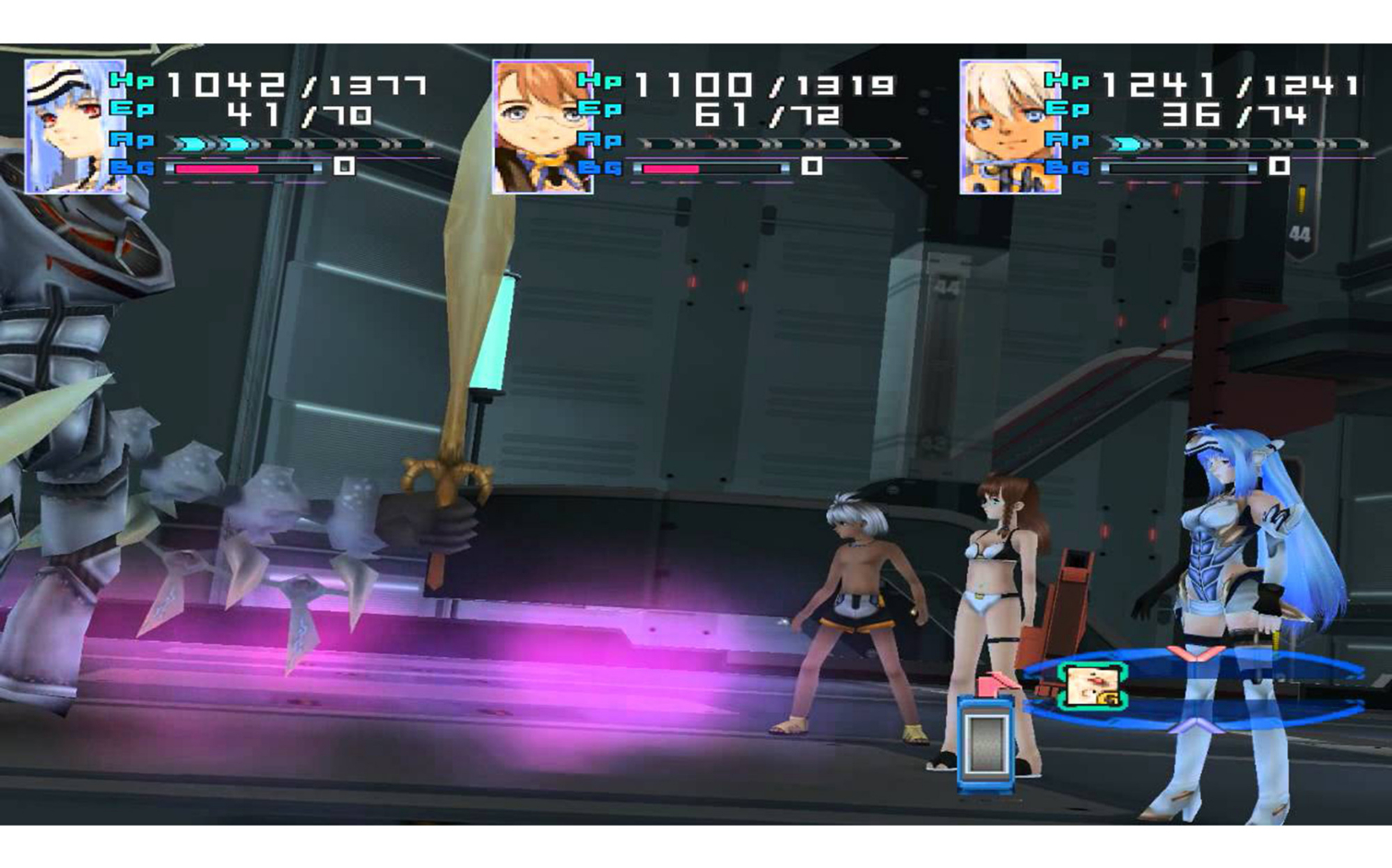
Xenosaga
Xenosaga is not exactly a trilogy, as PS1 cult-classic Xenogears was supposed to be the fifth episode in a sixth-part series. But since we got only three continuous games, it's close enough. If you mashed up space travel sci-fi, giant robots and the canon of Friedrich Nietzsche — well, you'd get a headache. But you'd also get this ambitious series of Japanese RPGs, which follow researcher Shion Uzuki and her android creation, KOS-MOS. The story defies easy summary, but basically, you follow Shion and her party as they do battle with villains who have big, existential plans for the entire universe. Questions about life, death, rebirth, consciousness, morality and family ensue. While Xenosaga demands a lot of time and attention, the unforgettable characters alone are worth the investment. — Marshall Honorof
Credit: Namco
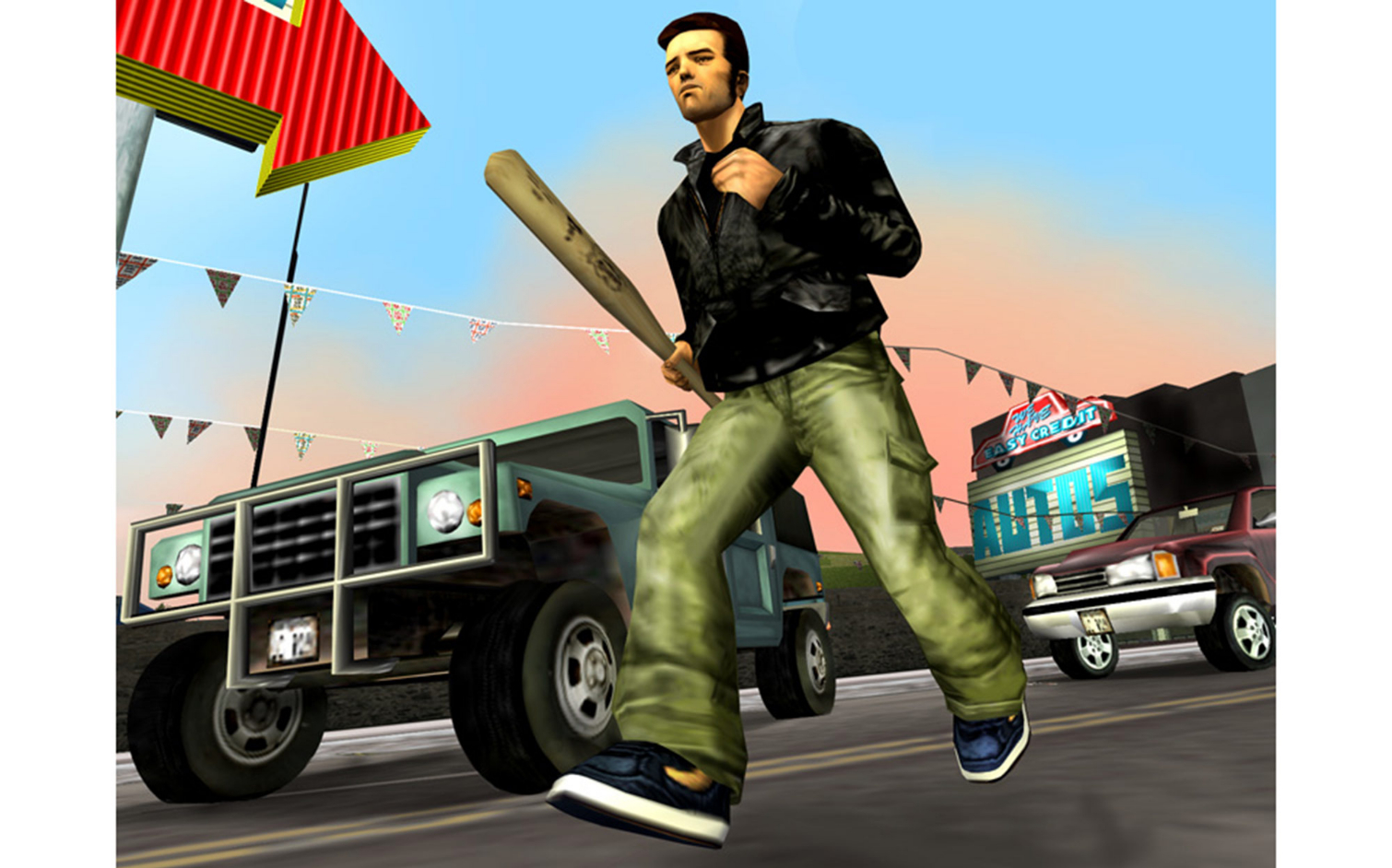
Grand Theft Auto III, Vice City, San Andreas (HC)
GTA III may be the third game in the overall Grand Theft Auto series, but it was such a revolution and revelation that it was actually the start of a new day. By ditching the top-down point of view gameplay, and switching to a third-person POV, GTA III gave gamers a more intimate angle to observe the nameless thug you control as he moves up from a styling and profiling nobody to become a boss. By Vice City, you're soaking in the beautiful 80's neon atmospherics and become a limousine-stealing, motorcycle-riding son of a gun. And once you get to San Andreas, GTA ups the ante with gang warfare as you take control of Carl "CJ" Johnson, a low-rider wheelin and territory-stealing badass. — Henry T. Casey
Credit: Rockstar
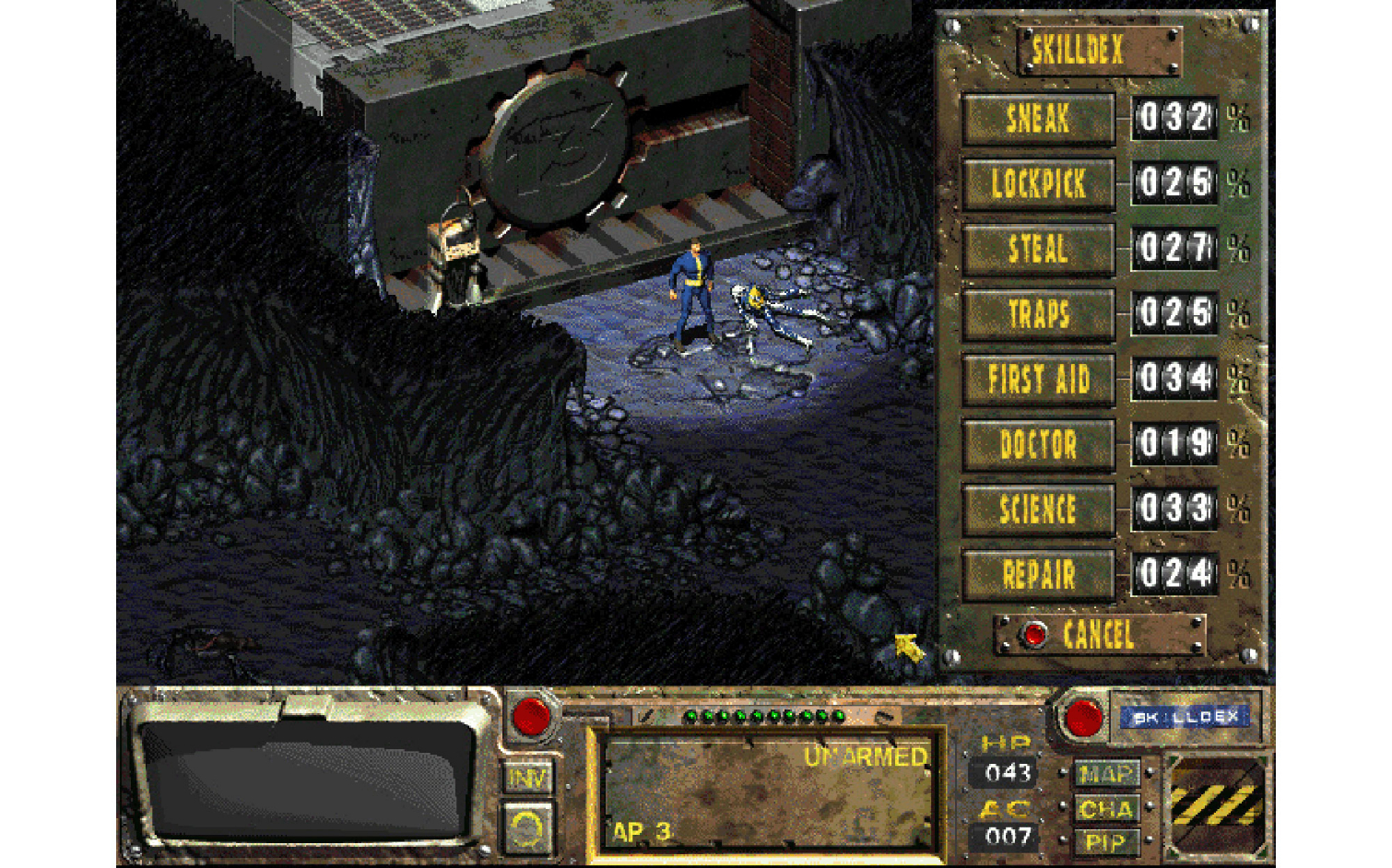
Fallout
A lone survivor emerging from a vault centuries after a devastating worldwide nuclear disaster -- war, like the premise of the Fallout series, never changes. At least if you don't count Fallout 76, which many of us don't. Starting with Fallout 3, Bethesda's take on the series have become known for its colorful characters, moral choices and interesting locales, despite taking place in the dessicated, irradiated ruins of society dubbed the Wastelands. And just like any role-playing series worth its salt, the key to survival lies in how you allocate your skills, the quality of your weapons and armor and the friends you pick up along the way. The most recent traditional Fallout title, Fallout 4 has introduced settlement building and modding as if you needed yet another reason to spend hours upon hours exploring and conquering every corner of the Wastelands. — Sherri L. Smith
Credit: Bethesda
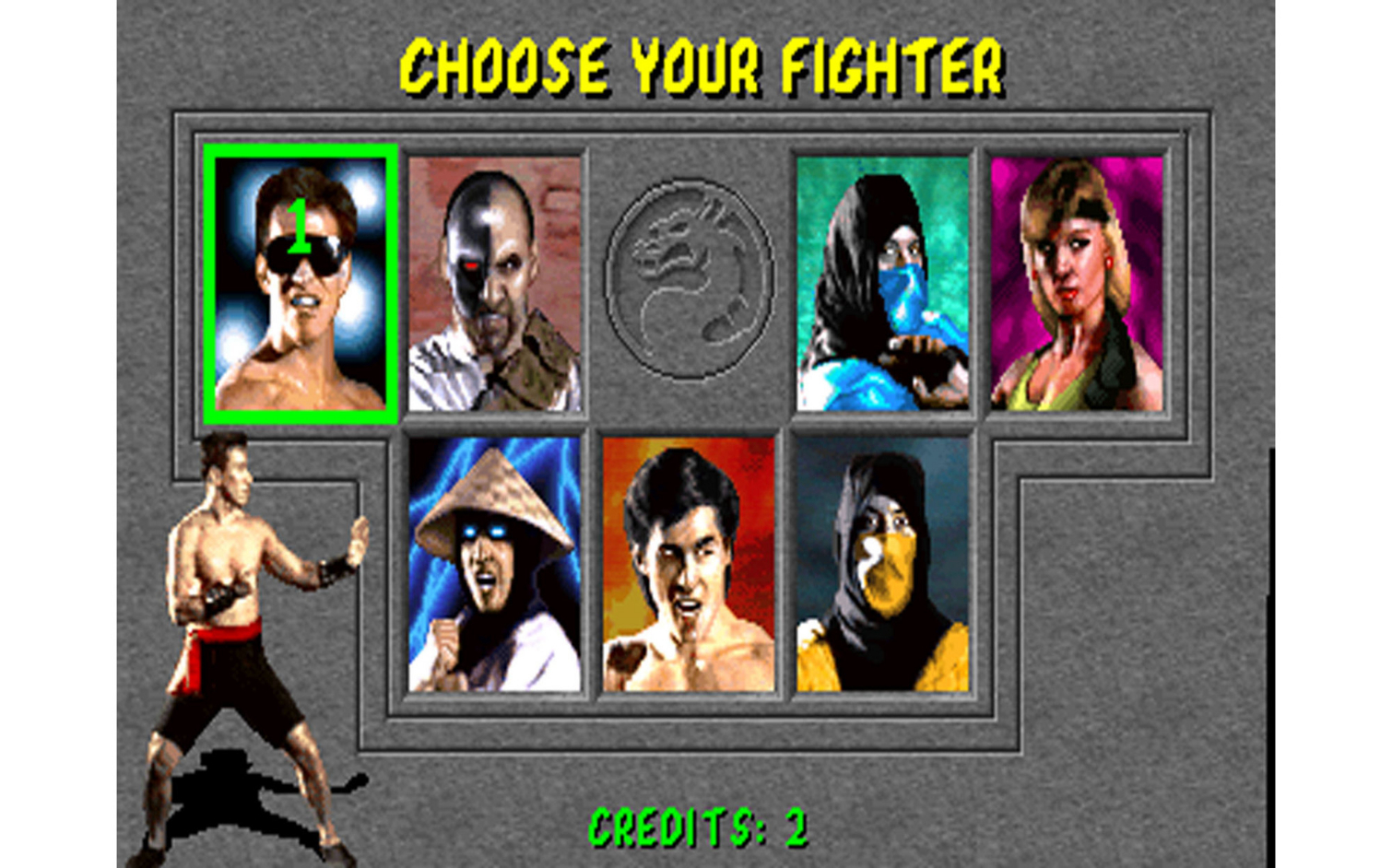
Mortal Kombat
The original Mortal Kombat trilogy consists of three of the most iconic, influential, and controversial fighting games of all time. The 1992 original was groundbreaking for its time, delivering realistic characters made from digitized versions of real-life actors, and, of course, copious amounts of blood and spine-ripping violence. Midway continued to double down on the series' high production values and over-the-top gore in the subsequent Mortal Kombat II and III, both of which brought significant gameplay changes into the fold. Mortal Kombat was at the heart of some of the most heated video game violence debates of the 90s, and is essentially responsible for the ESRB ratings system we have today.
But just as memorable as the gore was the original trilogy's unforgettable characters, fun gameplay, and striking visual style. That's why, after a string of ho-hum installments in the mid-2000s, new developer NetherRealm essentially delivered a retelling of the first three games in 2011's wildly popular Mortal Kombat 9. — Mike Andronico
Credit: Midway
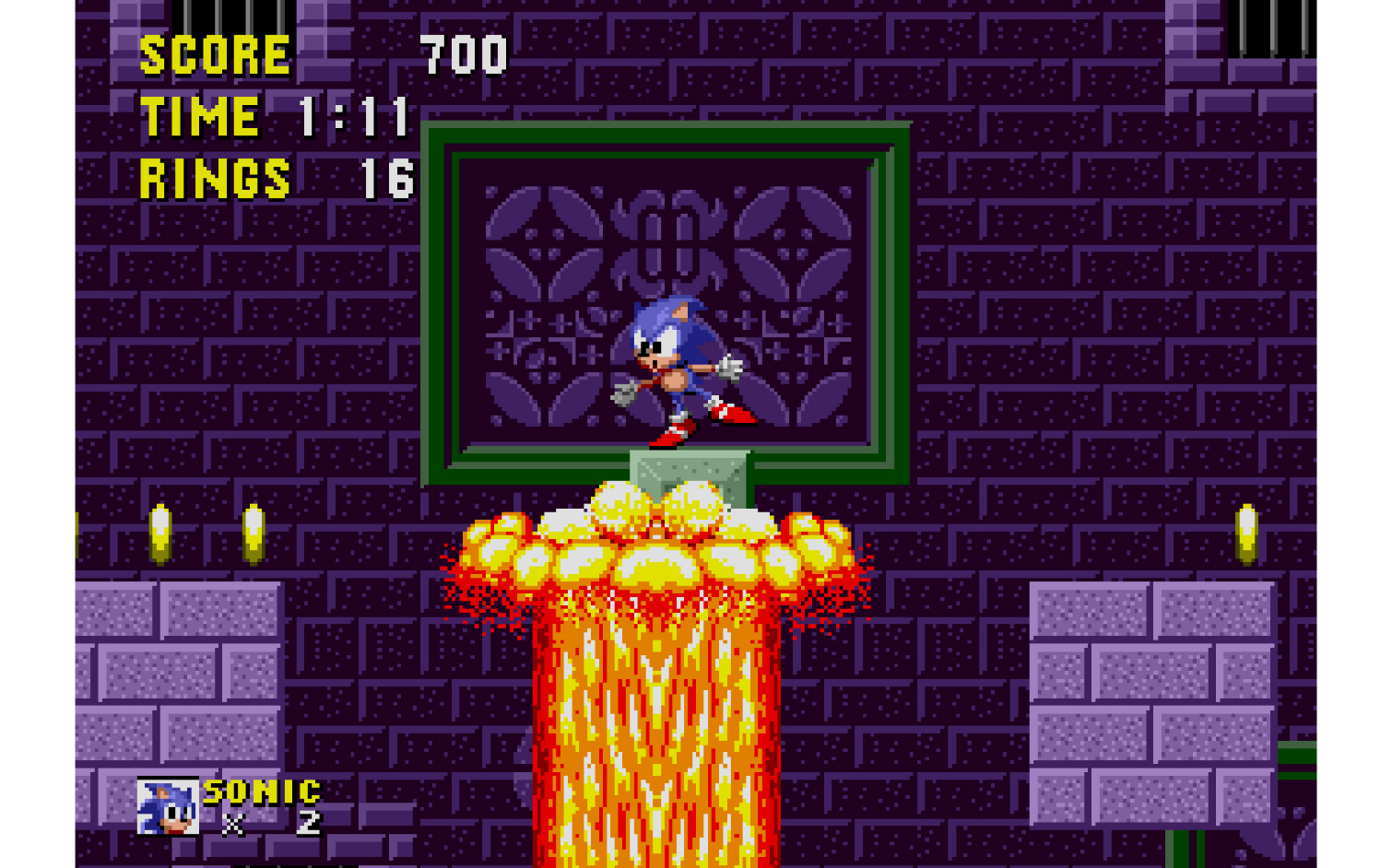
Sonic the Hedgehog
Sonic's world is so fast-pacet that he gained a new major counterpart in each sequel. So while the original Sonic got us used to going fast — very fast — with the friendly-but-edgy hedgehog, Sonic 2 changed everything by adding Miles Prower (get it, miles per hour). You probably know the orange fox as the flying Tails, though, as his dual tails propel him into the air, which allowed him to carry Sonic above and over unpassable distances. Then, in Sonic 3, we met Knuckles, who's basically Sonic turned up to 21, and armed with spiky fists for scaling walls. Each game added to what the previous title had, without hurting the basic sensibilities — a true hallmark of a great trilogy. — Henry T. Casey
Credit: Sega
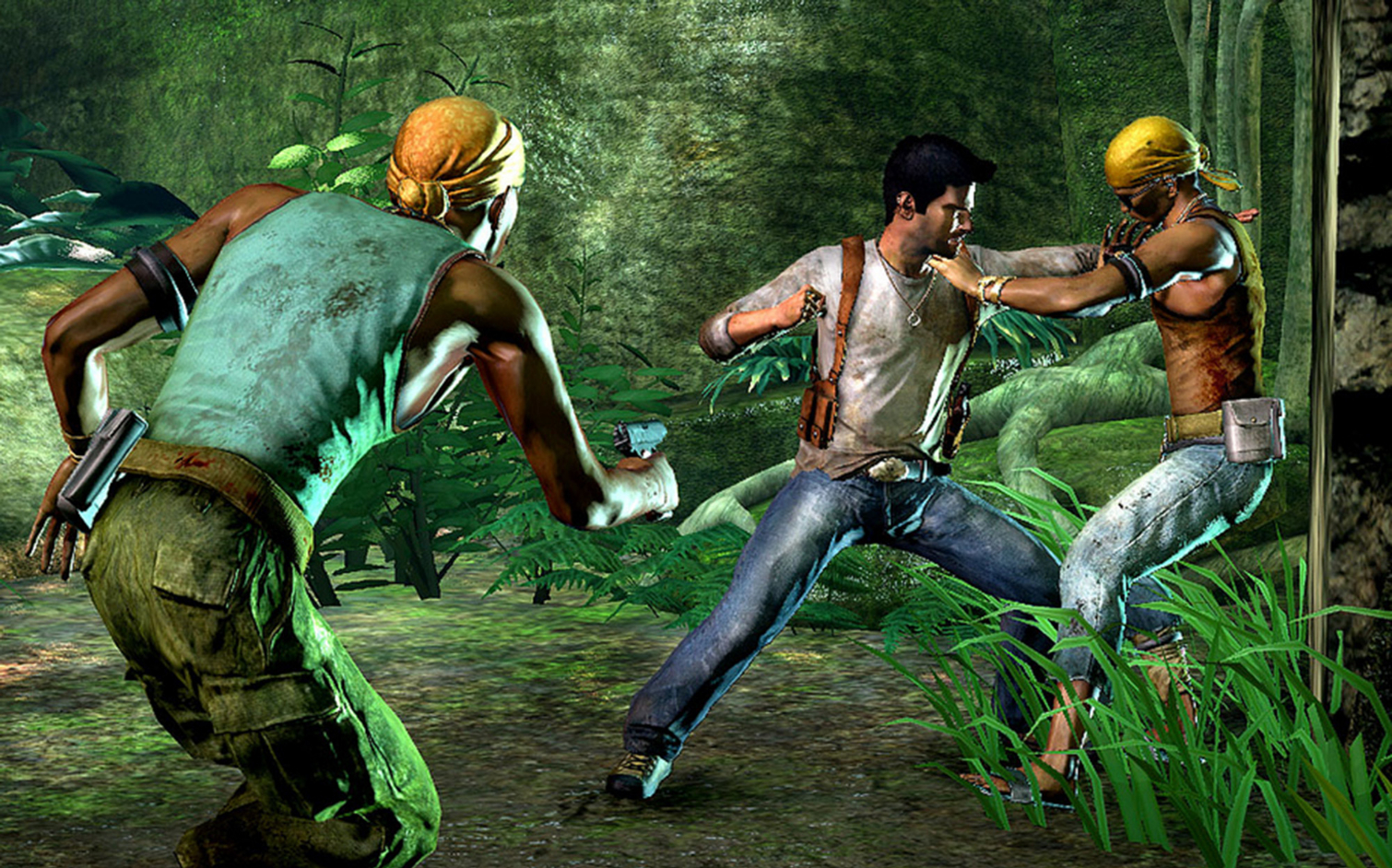
Uncharted
With the Uncharted trilogy, Naughty Dog birthed the best 3rd-person action shooter of all time. It has refreshing gunplay and an excellent hand-to-hand combat system. Every bullet feels important, as they enemies react and stumble while you shoot them, and I could feel every punch and kick I throw at someone because the animations are just top notch. It also has a colorful cast of characters that you eventually grow attached to as they traverse wildy gorgeous and deadly environments to chart the uncharted. It’s just overall satisfying to play. — Rami Tabari
Credit: Sony
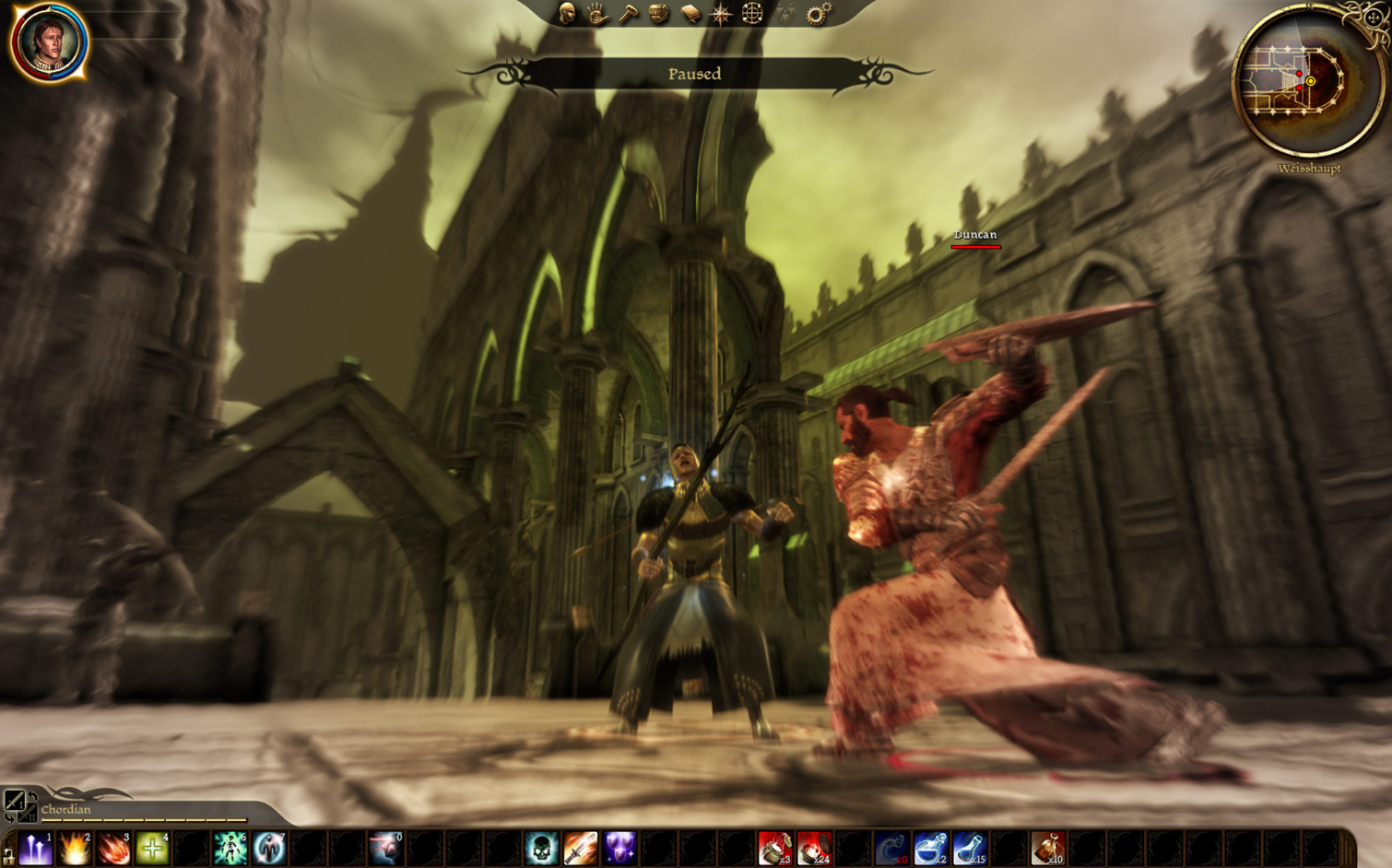
Dragon Age
Dragon Age won't be a trilogy forever, as BioWare seems to have a fourth game in the works, ready to pick up right where Inquisition left off. But for the moment, Dragon Age is a fine three-part story set in the high-fantasy realm of Thedas. In each game, you take control of a different character, exploring a different narrative, in a different part of the world. But all of the stories tie together, thanks to meaningful narrative choices that carry over from game to game, and have the potential to affect the whole world. From fighting the Blight-inducing Archdemon in Origins to building up the Skyhold keep to house an army in Inquisition, the Dragon Age series is all about combat, characters and consequences. — Marshall Honorof
Credit: Electronic Arts
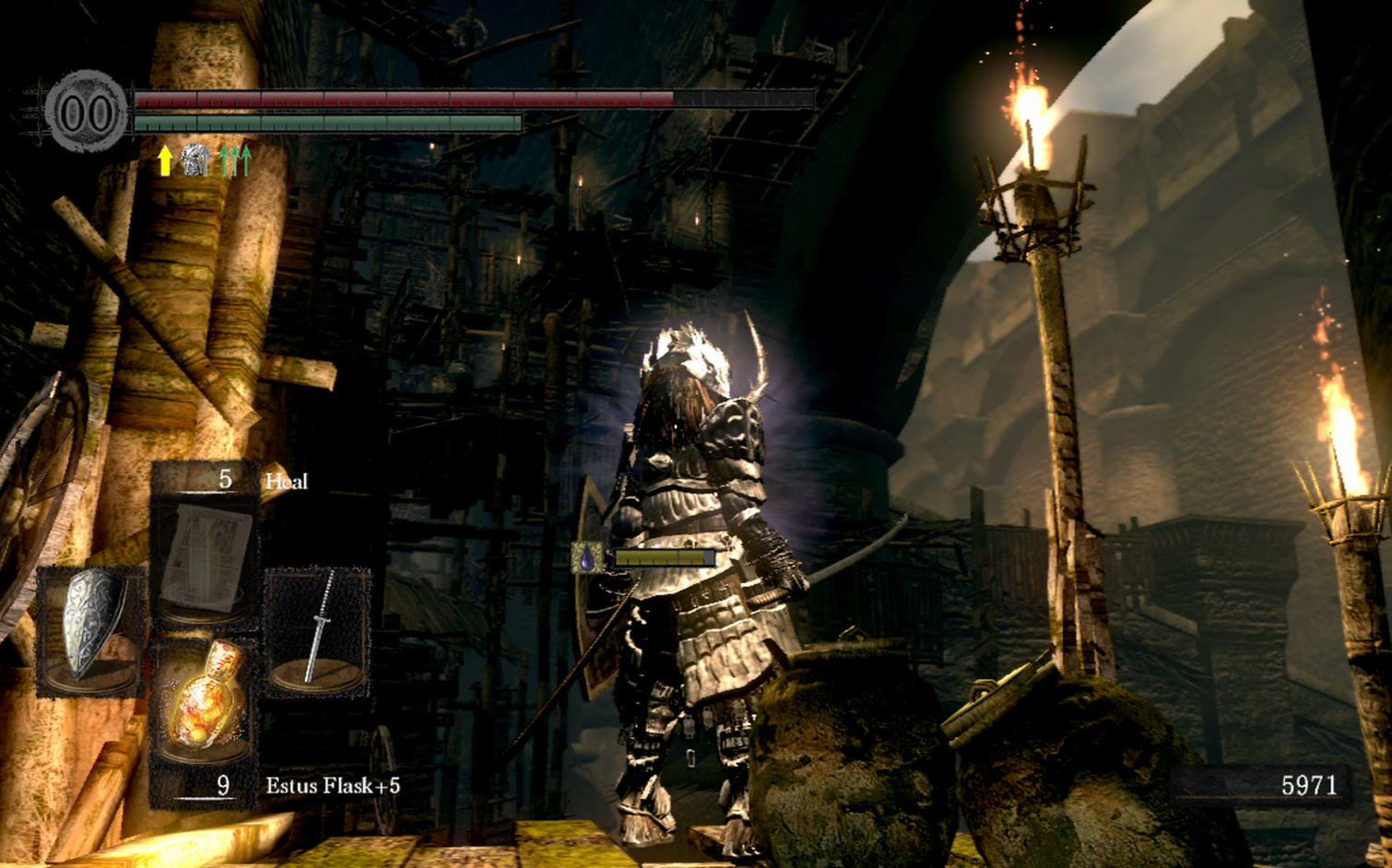
Dark Souls
"Prepare to Die" is the line that introduces you to the very first Dark Souls game, which is basically a disclaimer. But with death comes knowledge, and with knowledge comes life. What allows this suffering-equals-reward system to be so effective is that the gameplay is tight and precise. The difficulty is harsh, but it’s also fair, so whenever you die, it’s ultimately your own fault. This series has truly revived the desire to play challenging games in the modern day. Ever since my first Dark Souls game, I’ve consistently played things on the hardest difficulty. But of course, not every game balances difficulty and fair gameplay as well as Dark Souls, which is what other companies need to take away from this series. Dark Souls has mastered the art of forcing you to stay calm, cool and collected in a chaotic environment because it allows you to slowly grow confident in your ability to survive. — Rami Tabari
Credit: Banai
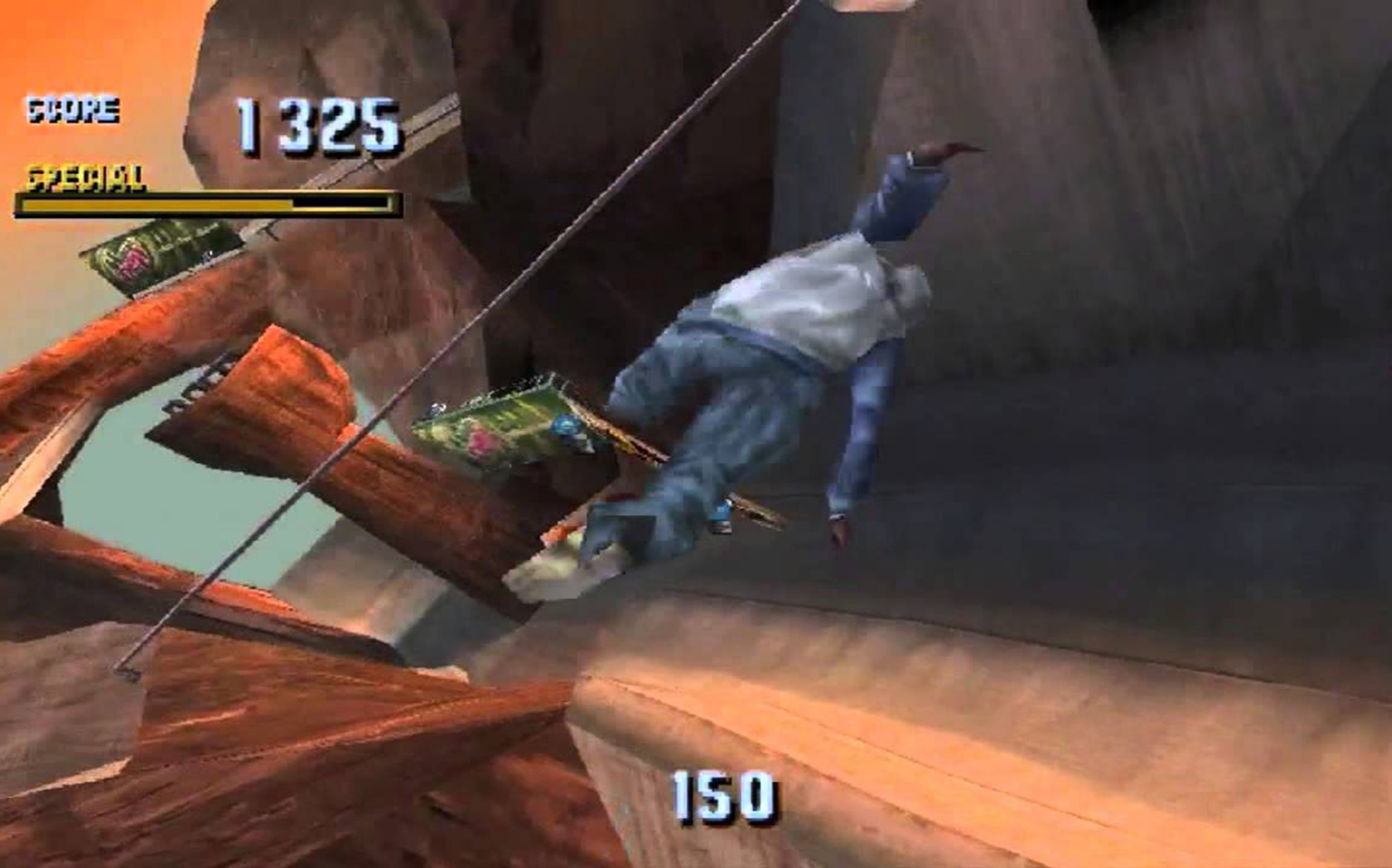
Tony Hawk's Pro Skater
Extreme sports games were never a thing until one Tony Hawk showed up and kick-flipped the script. Tony Hawk's Pro Skater, and its successors, THPS2 and THPS3, gave gamers the adrenaline rush that many of them (myself included) weren't coordinated enough, or were risk-averse, to try in real life. While chaining together a 720-degree rotation trick in mid-air with a mile-long railing grind sounds like the stuff only true 90's legends could perform, we all were able to ollie with the best of them in Tony Hawk's virtual playground. Each game upped the ante on graphics and gameplay as well as creativity, with THPS 3 introducing the Revert and Balance Bar for more elaborate combos.
These games truly became iconic, though, thanks to amazing soundtracks with 90's hits from punk gods (Primus' "Jerry Was a Race Car Driver"), one hit wonders (such as Powerman 5000's "When Worlds Collide") and all time-greats (Anthrax and Chuck D 's "Bring the Noise"). In-game characters weren't limited to Mr. Hawk, as you had icons from the skater scene (including Bob Burnquist, Kareem Campbell and Chad Muska, with Jackass' Bam Margera showing up in the third chapter.). If you spent even more time, even Spider-Man was an unlockable character in THPS2, while Wolverine and Darth Maul were unlockables in THPS3! — Henry T. Casey
Credit: Activision
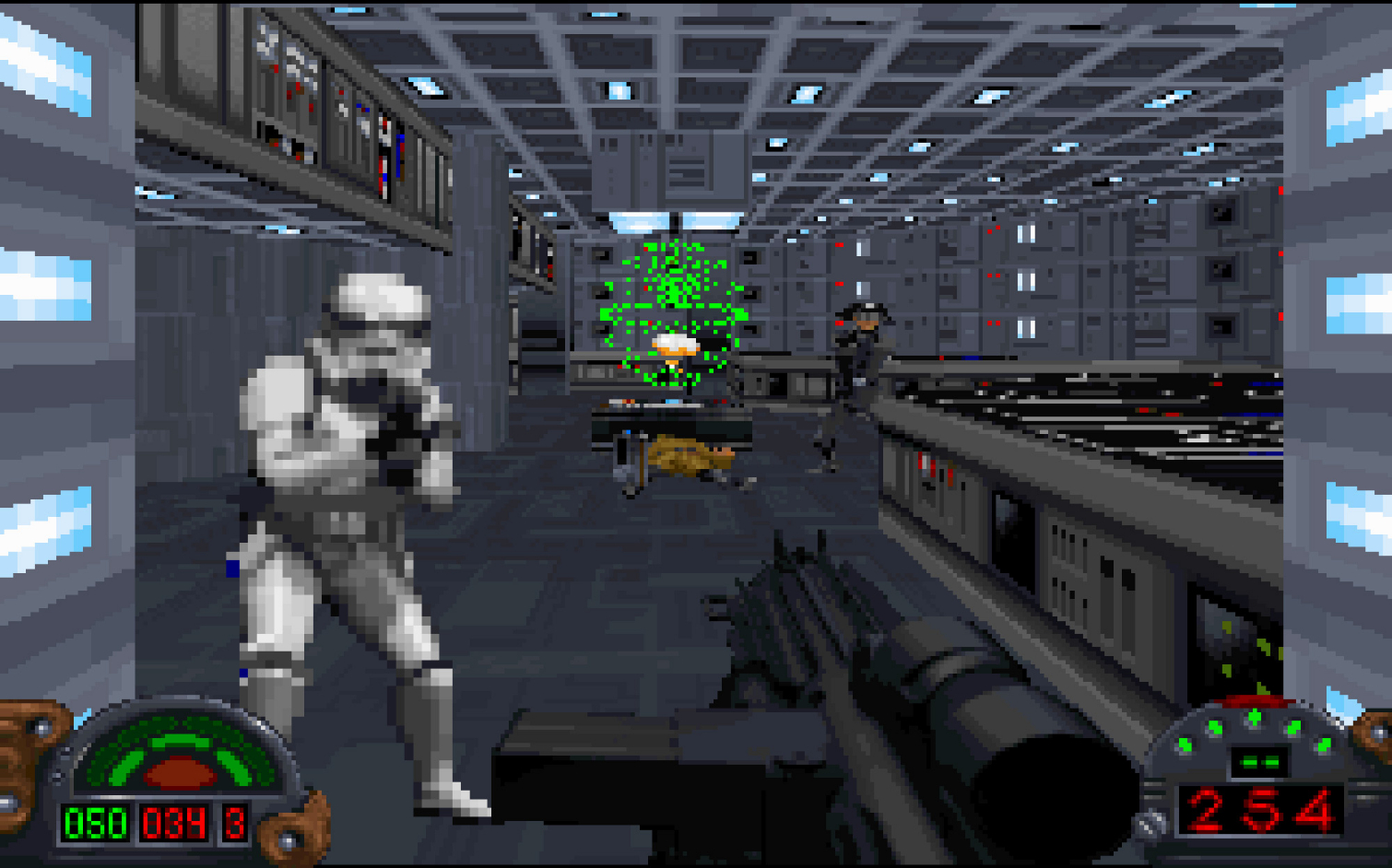
Star Wars: Dark Forces
Kyle Katarn may not be part of the Star Wars canon anymore, but this affable smuggler-turned-Jedi will always remind us of better days. Back then, Star Wars games were a dime-a-dozen, and they were usually at least pretty decent. In the original Dark Forces, you took control of Kyle Katarn: a mercenary, hired to aid the Rebel Alliance. The levels had more verticality than was common in FPS games at the time. But the real advancement came when you got to wield a lightsaber in Dark Forces II: Jedi Knight. The game was pure Star Wars magic, from a colorful array of supporting characters, to a grand narrative about good and evil, light and darkness. Jedi Outcast improved on Knight's gameplay while tying Katarn even closer to Star Wars mainstays like Luke Skywalker and Lando Calrissian. They just don't make 'em like this anymore. — Marshall Honorof
Credit: LucasArts

Tom's Guide upgrades your life by helping you decide what products to buy, finding the best deals and showing you how to get the most out of them and solving problems as they arise. Tom's Guide is here to help you accomplish your goals, find great products without the hassle, get the best deals, discover things others don’t want you to know and save time when problems arise. Visit the About Tom's Guide page for more information and to find out how we test products.
